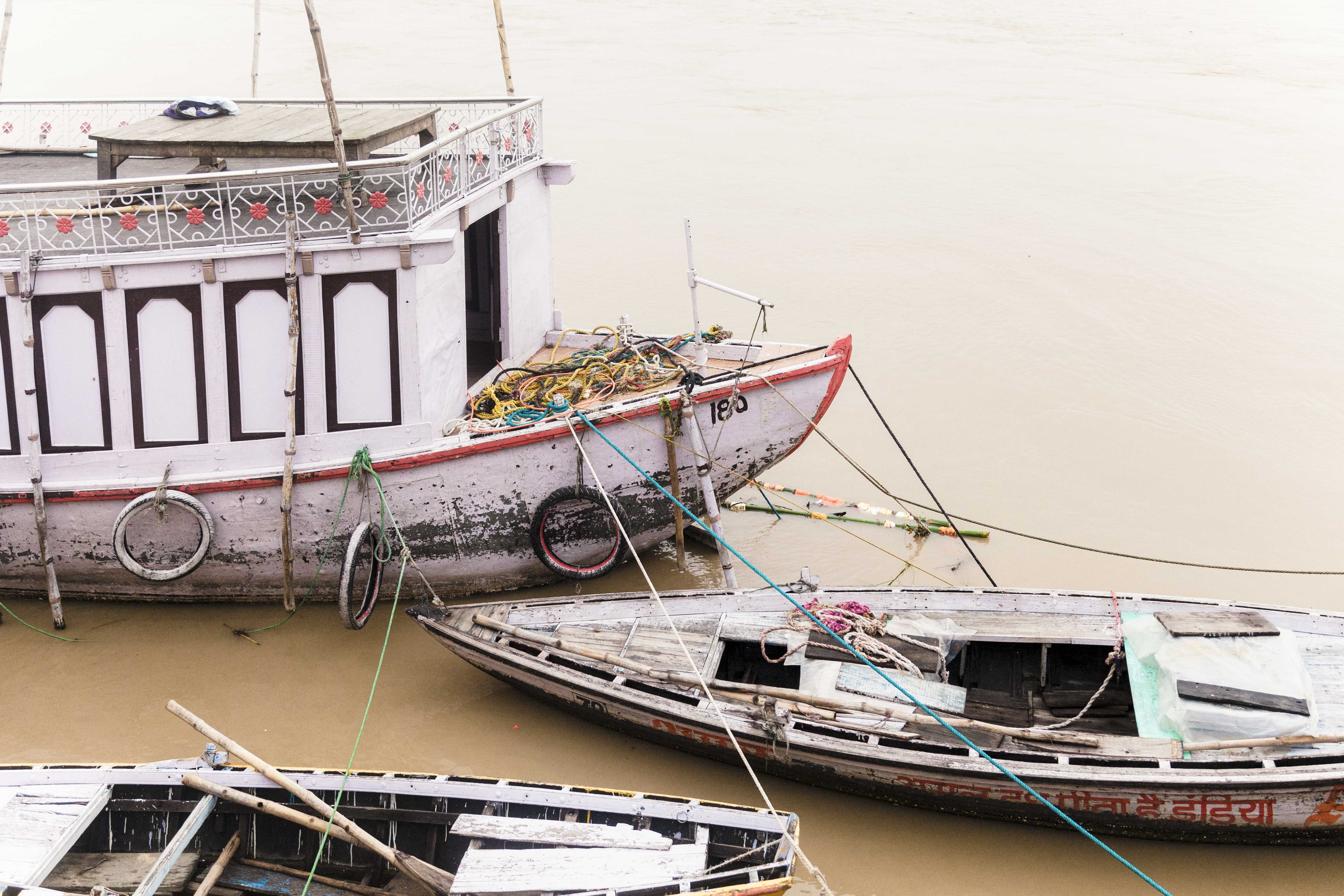
My plan was to finish the last blog in the Travels through Rajasthan series, before the end of 2020. Being the year that ‘changed everything’, I guess it was fitting that I didn’t quite manage to publish it in time. These days we go with the flow and things happen in the fullness of time; when they are meant to. Given travel is off the agenda for the foreseeable future, immersing ourselves in travel stories and traveling through our imagination seems so very 2021! I hope this last blog about the final part of our journey through Rajasthan allows you to see the Rajasthan that we did in 2019 – as if you are there yourself.
Writing as I am now with not only a sense of nostalgia for travel, but also feeling very grateful for having had the experience and not putting it off for another time. It was a very special time to travel with my sister, Lynne – the first time we have done so as adults. So special to experience India together, along with one of my lifelong friends, Irena. Traveling in India has a way of connecting you to people and we are now lifelong friends with the other women on the trip, including, Jean from Glamgirlstravels who I collaborated with to deliver the photography workshop as part of the tour.
This final blog is written through editing extracts from my sister’s diary. I would like to thank Lynne for allowing me to use her words (which I have slightly edited), otherwise this blog may never have seen the light of day!!
During my time in India in 2019, my goal was to photograph the people, colour, and spirit of India. The first blog was about the Delhi to Udaipur leg; the second takes you through the three “J’s” – Jodhpur, Jaisalmer, Jaipur; and this final blog shares our travels through the National Park, Ranthambore; to Agra and it’s national treasure, Taj Mahal and finally to India’s spiritual home Varanasi.
I hope you enjoy this travel story, that it takes you on a journey, and shows you India as I saw it, what inspired me, and tells you about these wonderful cities through my sister’s words. Thanks to all of those who have asked to see more of the photos of my travels; enjoy! Here’s to our next travel adventures.

Reflections of the Taj Mahal
Ranthambore
It’s Saturday the 21st of September 2019. We’re up early for a three and a half-hour drive from Jaipur to Ranthambhore. Spread over 1,334 acres around a picturesque thousand-year-old fort, the Ranthambore National Park is one of the largest in Northern India.
There’s so much to see on the trip: women with bright head cloths squatting in a row on a median strip; the beautiful mountains surrounding Jaipur; a shepherd sitting under a tree tying his red turban; a family on a decorated cart pulled by a camel, the woman wears a red headscarf and a bright yellow skirt; a red full-circle skirt drying on a fence; women in red skirts and tops – no saris here – carrying big bundles of hay on their heads; millet being back-breakingly harvested by hand; a female road worker carries a plastic barrier on her head; kids waving from the back of a Jeep; a big camel in a front yard with the family all lounging outside on string beds; one motorbike, one husband, one wife and one huge bunch of millet in between them; three goats sound asleep on the seats in a bus shelter; camel carts and tractor carts, all decorated to the max; little black pigs …there is always so much life to witness on these trips between cities.
We are staying at one of the most beautiful wildlife resorts – the Oberoi Vanyavilas (if I go back to this part of India, I am definitely booking here for a few nights to really soak up this wonderful resort). On arrival, we walk in under a shower of rose petals, then into the library to meet the General Manager, Ratna Malhotra, and some of the staff. Rose crowns, rose water, and watermelon juice: I have never had such a welcome! Our rooms are so amazing: luxurious tents with four-poster beds and a huge bathroom. I just want to stay there for the afternoon. But the tigers call, so after a quick and delicious lunch, we’re off to Ranthambhore Nature Park for a ‘canter’ in an open-air truck – which was pretty well a debacle, because we wind up in the biggest traffic jam with everyone trying to spot a tiger – which of course means we don’t. Lots of shouting and gesticulating, but no moving, just like in a Jodhpur traffic jam!
But we did see a beautiful blue jay, some spotted dear and fawns, a tiny antelope, and several nilgai. The light of the setting sun was beautiful – lighting up the wings of thousands of dragonflys as they flew through the open plains. And it was really interesting driving ‘open-air’ through the village outside the tiger park.
Inside, goodnight chocolates on a plate with a message piped in chocolate: ‘May this night bring you rest and tranquility’. Indeed!

Ranthambore National Park and late afternoon sun on the grass
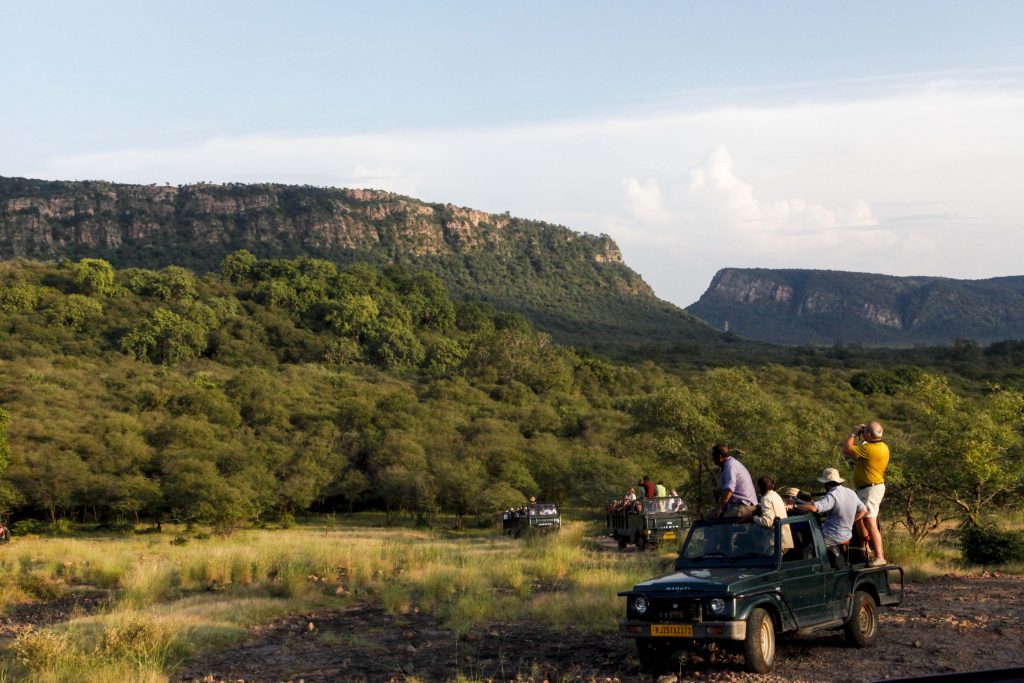
Open-air jeeps for the ‘canter’


Sunset, Ranthambore National Park
Sunday morning and we’ve declined the second canter in favour of a detour from our drive to Agra to visit a stepwell at Abhaneri. Sorry tigers, but a stepwell awaits! Before we leave, a few of us climb up the observatory tower with Sachan, Oberoi’s ‘naturalist’, to see the view over the tiger park (no tigers alas but he shows us videos of sloths and leopards roaming the hotel grounds at night – note to self, always catch a buggy!) and spot beautiful green parrots with long, trailing tail feathers.
We leave Ranthambore at 8am after an incredibly quick stay to drive the 6 hours to Agra.
Lots to see on the road again: a procession as we drive away from the hotel, the men with bright sashes around their necks; a gold monkey sitting with a grey one; motorcyclists weaving in and out of cows lying on the road; a man and his two kids lying on a string bed, laughing together; large flocks of sheep and goats being herded on the road by shepherds in red or black turbans; a man hand-pumping water to wash in; an old woman washing by the pump in her village, skirt on but breasts exposed (enormous gratitude for my comfortable life and my bathroom!); huts with peaked straw roofs; a woman leading two goats, her husband leading their cow, and their child walking behind; a young woman wearing jeans and a checked shirt waves from a first-floor roof; a woman performing a ritual pours water onto the ground, head bowed, incense burning.
Agra is 250 km away; our driver dodging bad bits of road and cows; a husband and wife, both wearing purple and lilac, smile at each other as she climbs onto their motorbike; big round terracotta water pots by the side of the road for people to drink from; a man riding a piebald horse through the toll gates.
And then we’re at the Baori stepwell.
Baori Stepwell, Abhaneri
Built in the 8th century, an unimaginably long time ago, it’s so big the steps make a stone tapestry. I try to imagine what it would look like with the women walking up and down those steep, narrow steps in their bright clothes, with water vessels on their heads.
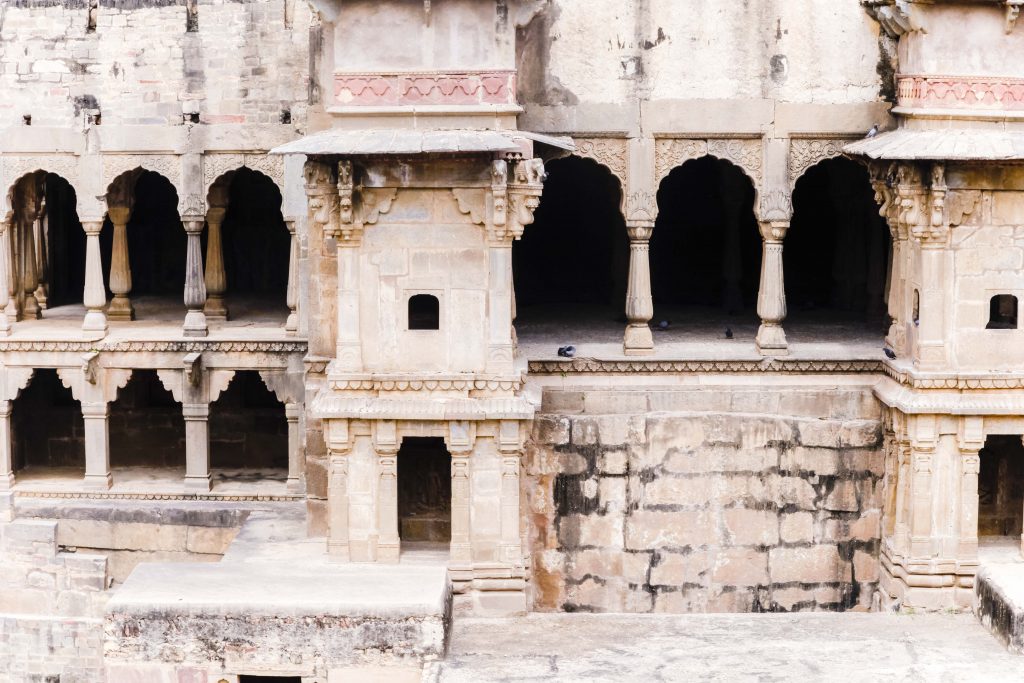
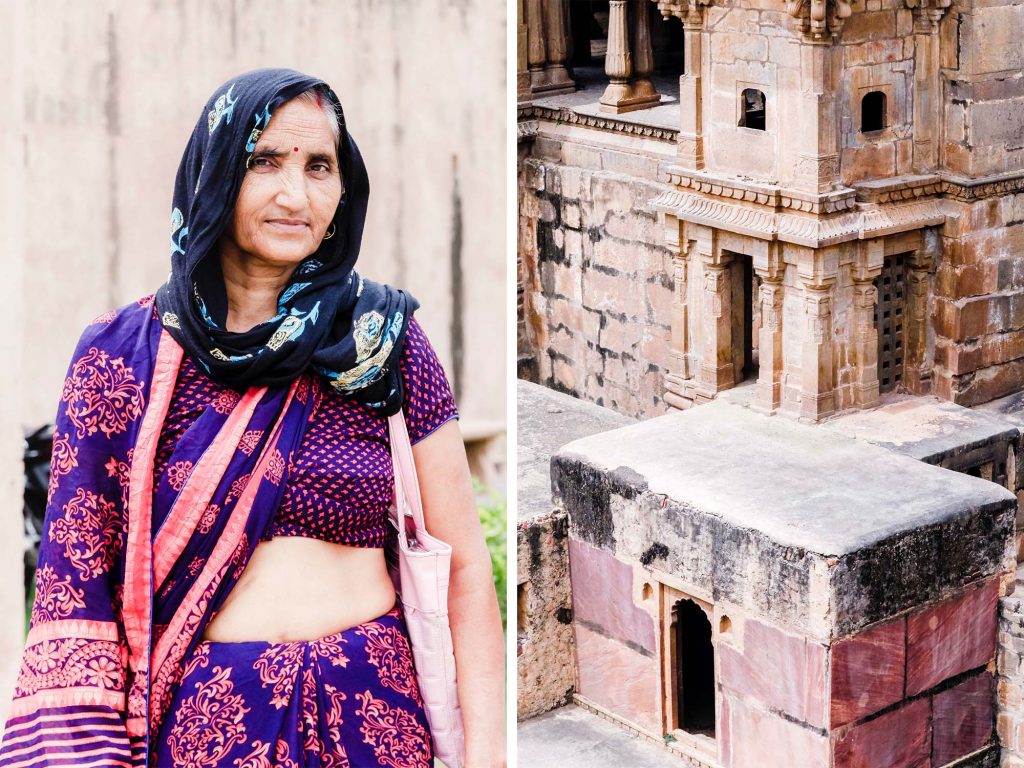
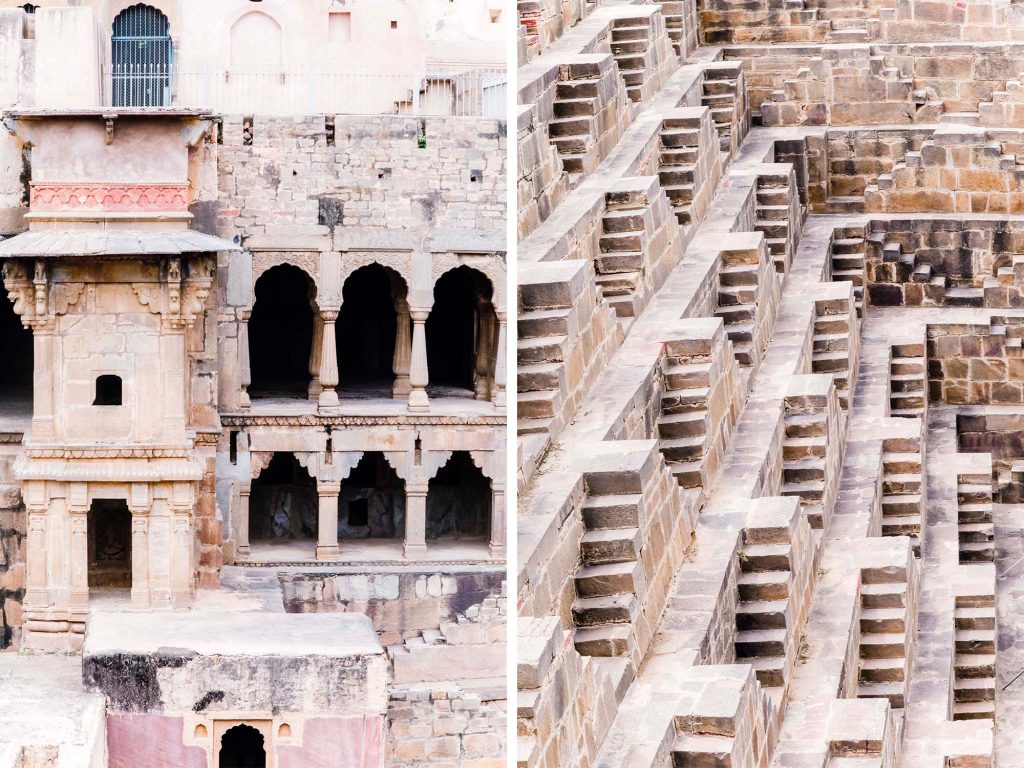
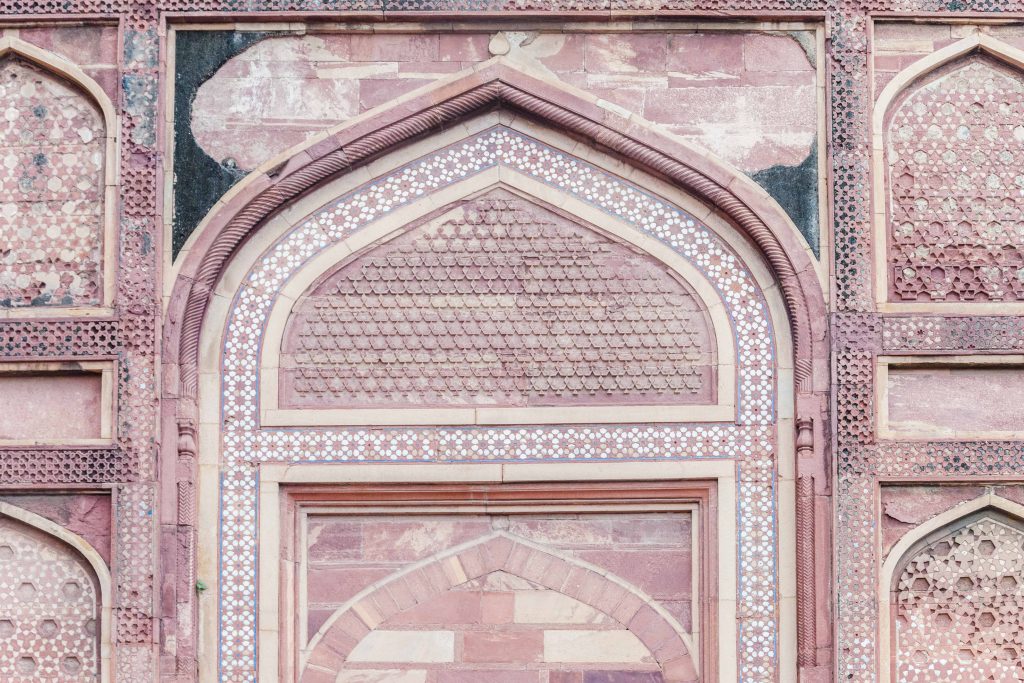
Agra and the Red Fort
Back on the road, thirty-seven kilometres out of Agra and we’re sharing the ‘freeway’ with camel carts, a motorcycle pulling a hay cart is headed the wrong way down the road, and we spot a tiny Jeep stuffed with people – four adults are hanging on for dear life, looking out the back. In Agra now, we meet Thillip, our guide, and head to the Red Fort – it seems about half of India has had the same idea! Lots of school groups and smiling and waving. Elisha and Kris taking photos of cute kids in one school group while we talk to the teacher.
We see a large courtyard, with four formal symmetrical gardens, a water cooling system, and stone holes for torches – it would have looked beautiful when people lived here. We see the marble pavilions Shah Jehan built for his daughters, and then the pavilion he was confined in after his third son murdered all his other sons in order to rule – charming! The most beautiful view from the window of the fort is over to the Taj Mahal – impossibly romantic. And the best part of our visit? When the sun was setting, everyone else had left, and we had the courtyards to ourselves until the guards come and chased us out.
Later, we head to a workshop to see gem cutters grinding gemstones so fine you can hardly see them as inlay for marble. The gem cutter isn’t going to teach his son as his father taught him – it’s too hard a way to make a living and he’ll have to retire at 55 when his eyes and fingers give up.
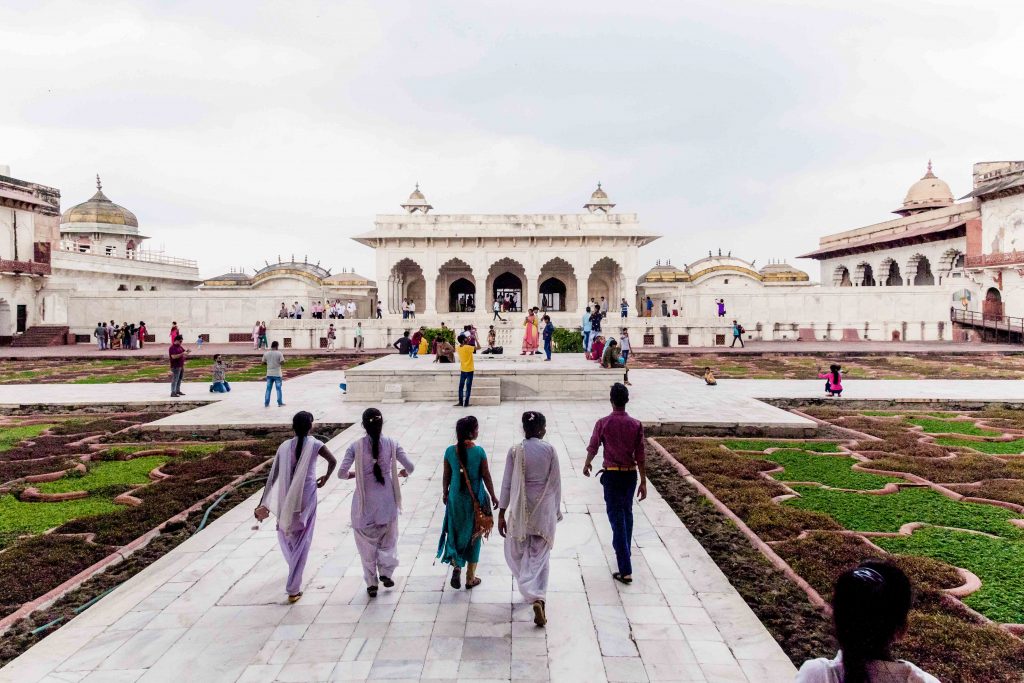
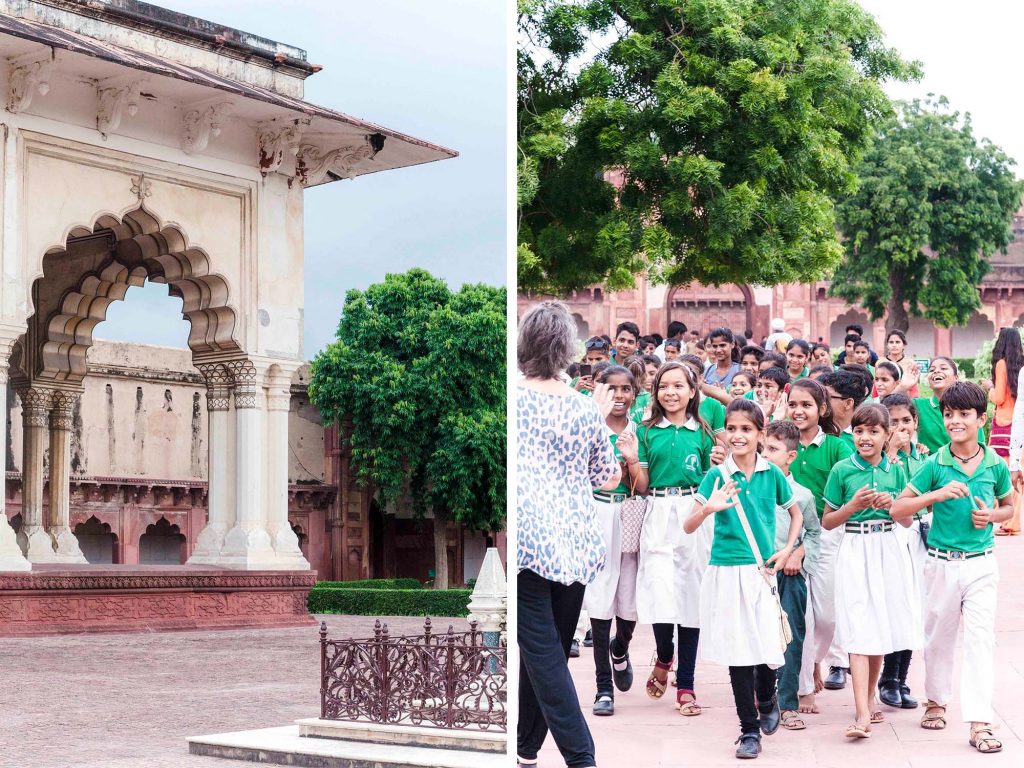

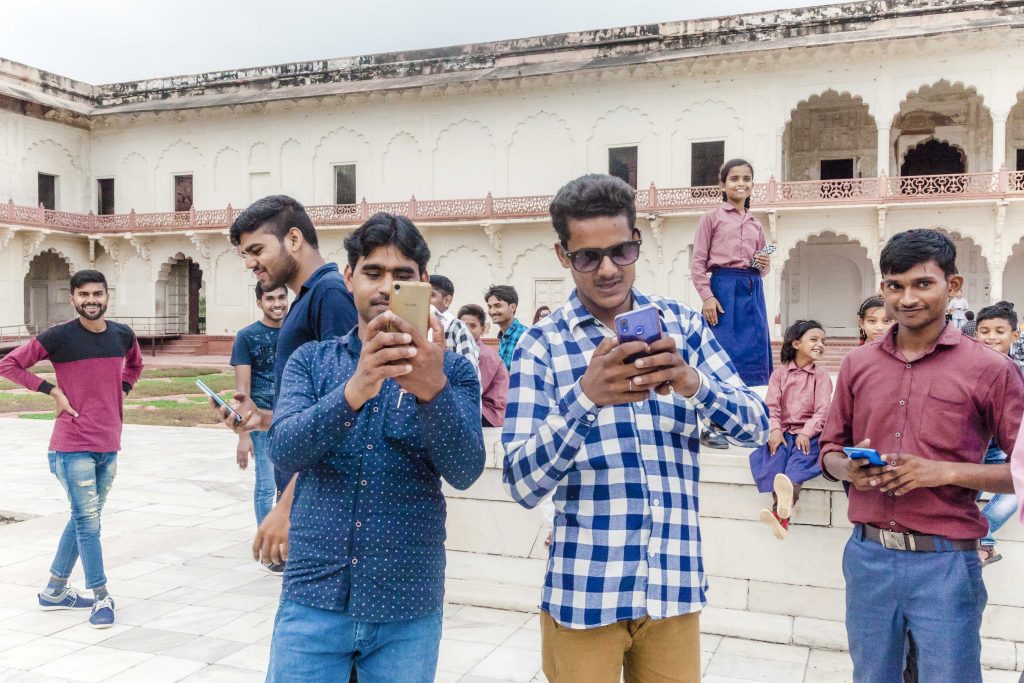
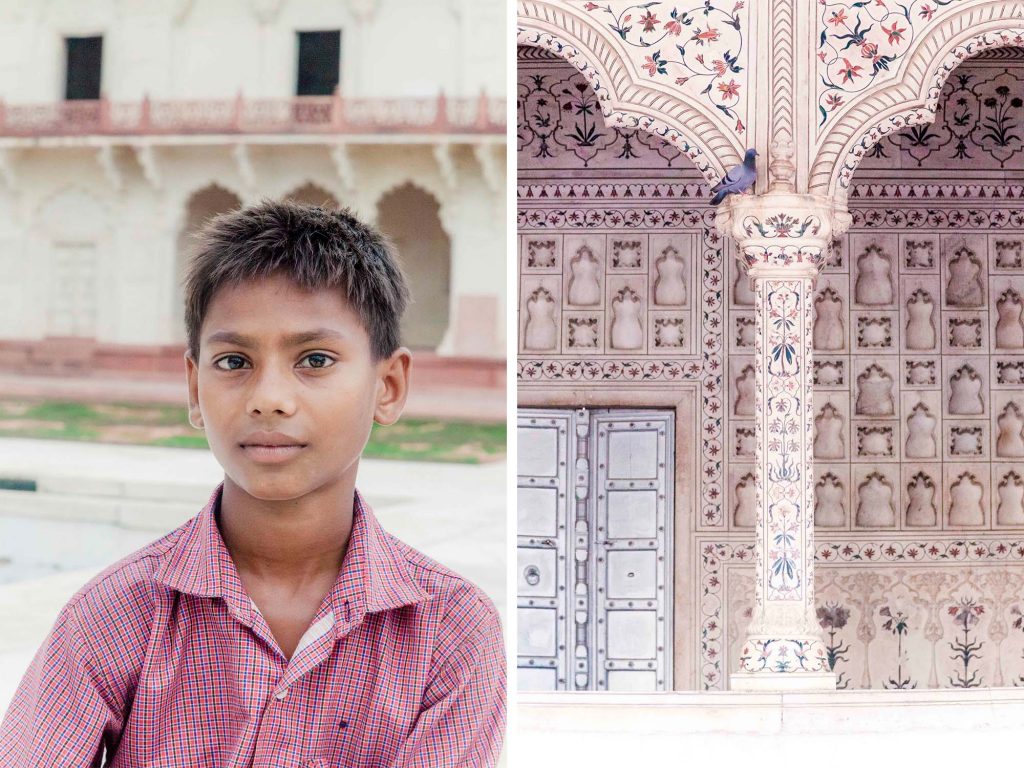
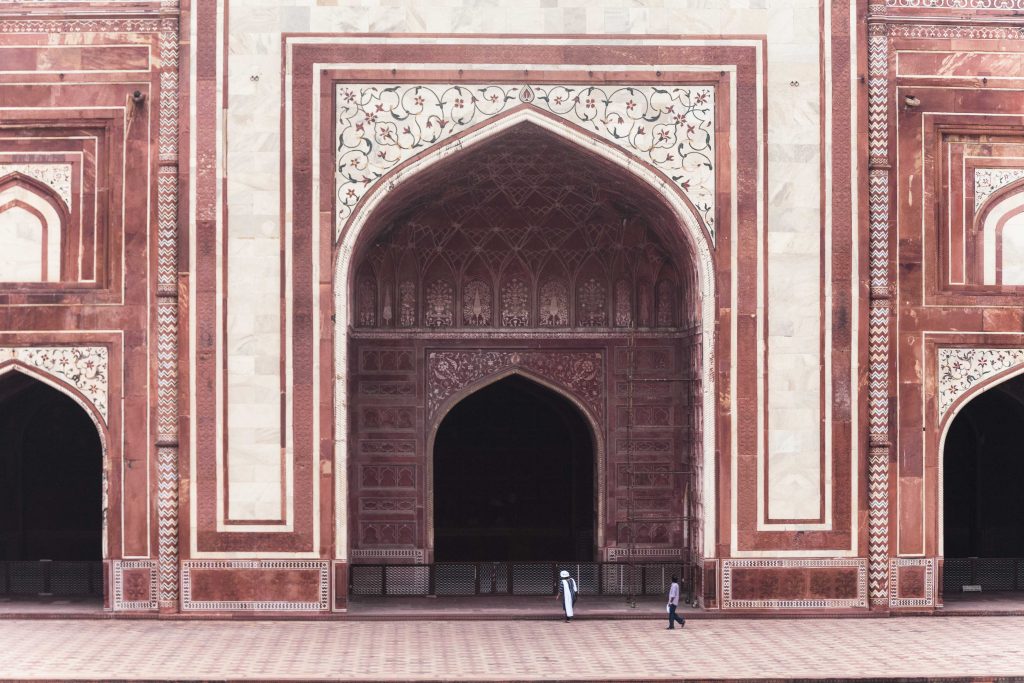

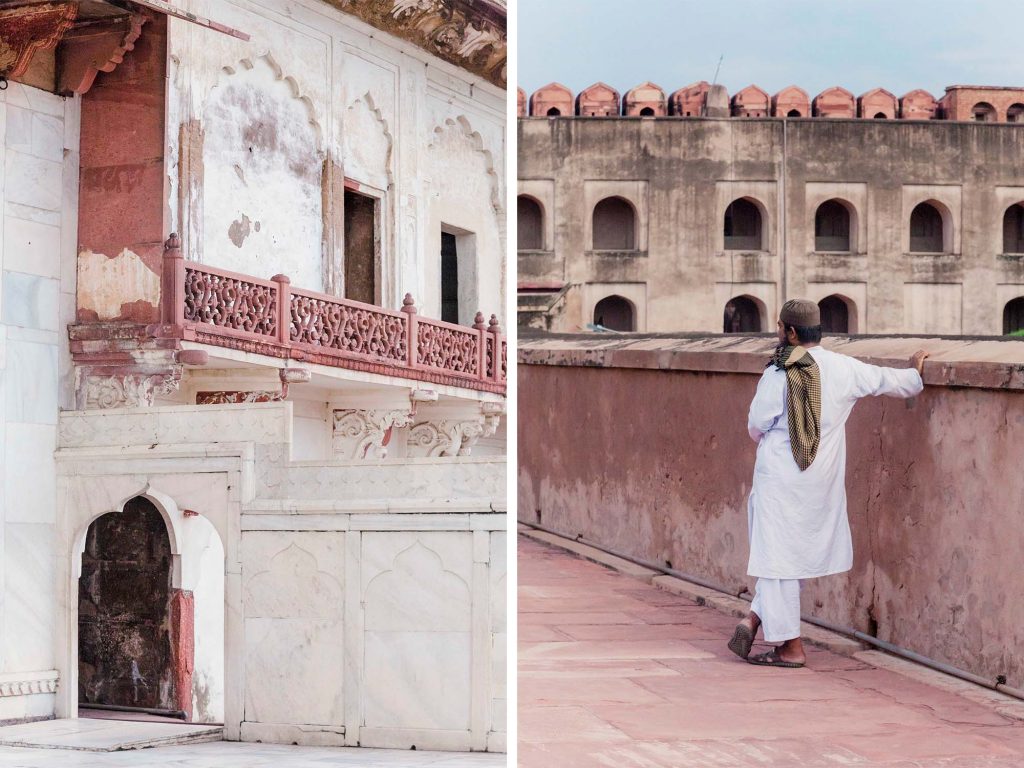
Agra and the Taj Mahal at Sunrise
We’re nearing the end of the trip and the pace steps up. Monday 23 September sees us up at 4 am to meet our guide and get to the Taj Mahal for sunrise. We arrive at 5.45 am and it’s beautiful and tranquil. It’s the second visit for me, and I think I appreciate the Taj Mahal more this time: it’s grace and beauty. Thillup says it’s ‘love poetry’ and he never loses his sense of wonder at seeing it. I’m not going to say much more – everyone has a personal reaction to this place (please share your thoughts if you’ve been there). Though I did have a renewed appreciation for the beauty and skill in the intricate inlaid gem work – imagine all those craftsmen sitting at their grinding stones – after our visit to the workshop last night.
Back on the road, heading for Delhi, and time for breakfast, which is surprisingly good (sandwiches from the hotel) and for me, accompanied by an Americano from a take away shop at the Taj. Mind you, anything probably would have been good by then!
The brick kilns start to appear, along with fields which have been dug out for clay, leaving weird trees on three metre high islands of land; a scarecrow with a backpack; pink, white and coral bougainvillea along the side of the road; drive carefully – Nilgai prone area; a little temple in a field; in Noida now, huge apartment towers, many only half built with cows grazing on the side of the road; a Ganesh temple with elephant fountains, ‘Supertech’ says a sign with a shanty town in the background; a herder with a red checked turban with two cows grazing on the edge of a four lane highway; South Delhi Biodiversity Park; and now, back in Delhi, yellow and green tuk tuks everywhere; a sign – ‘Along with my vehicle I also drive a campaign to end violence against women’; a sea of people and tuk tuks outside a hospital – ambulances struggle to get through; a man pedals a cart wth a huge load of stryofoam pieces; terracotta water pots in a shed with bougainvillea spilling over the top.
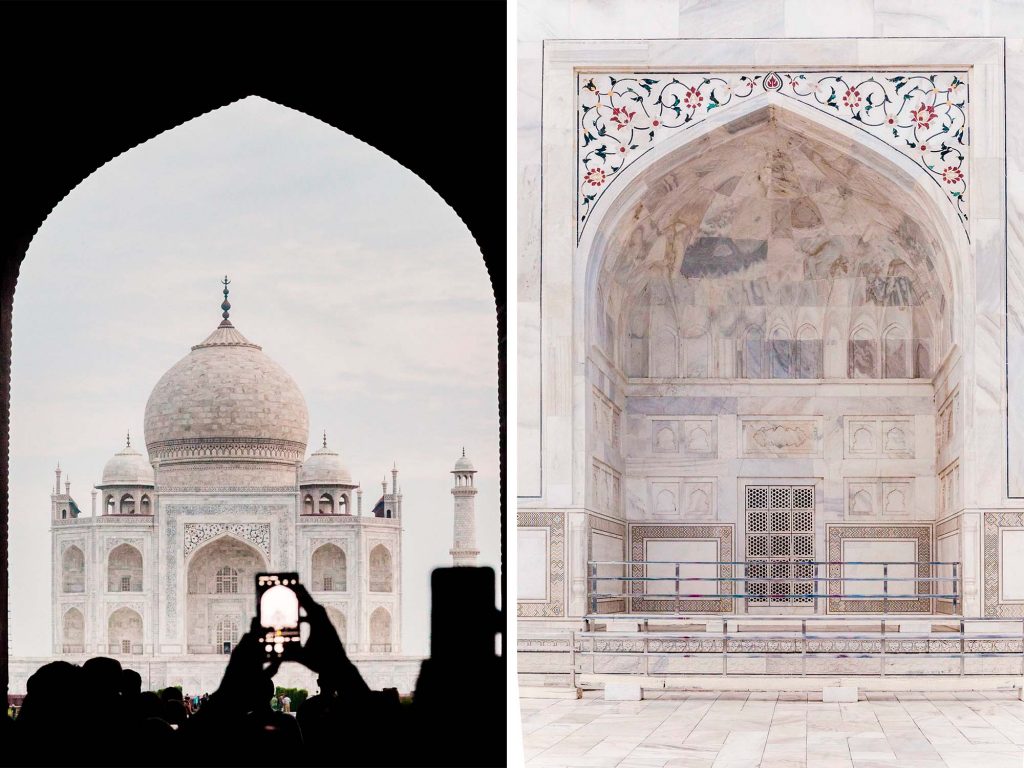

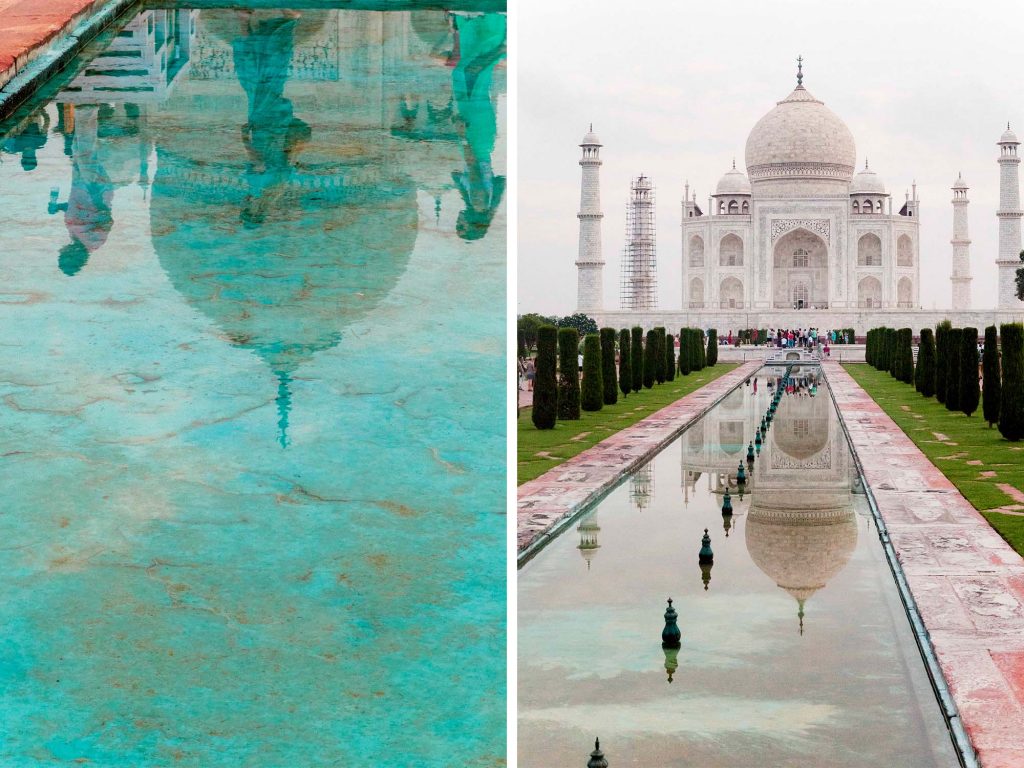

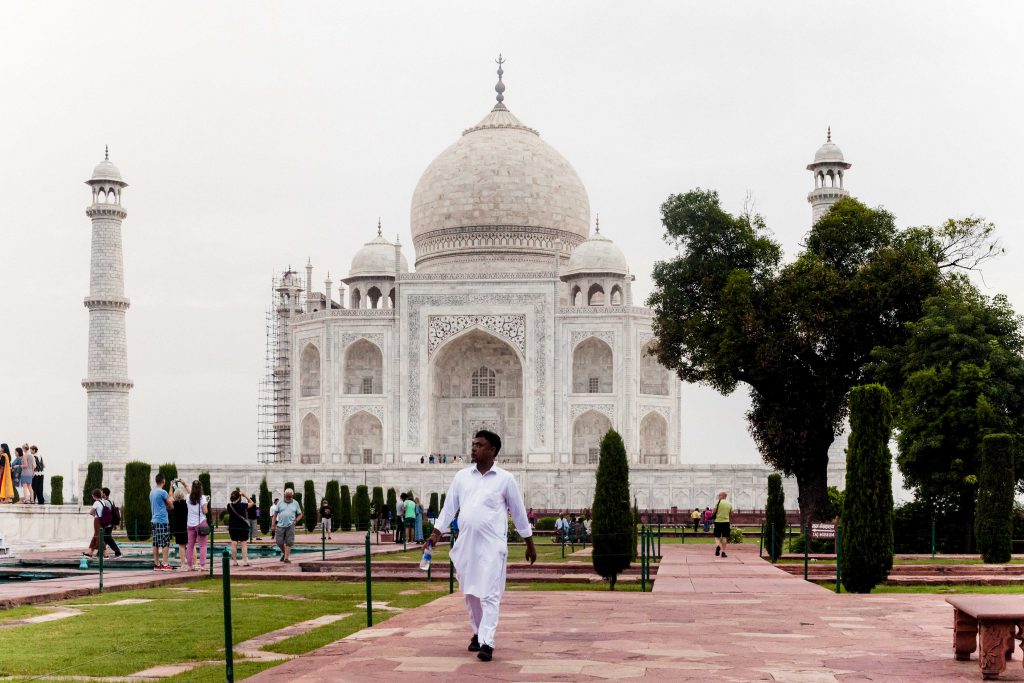
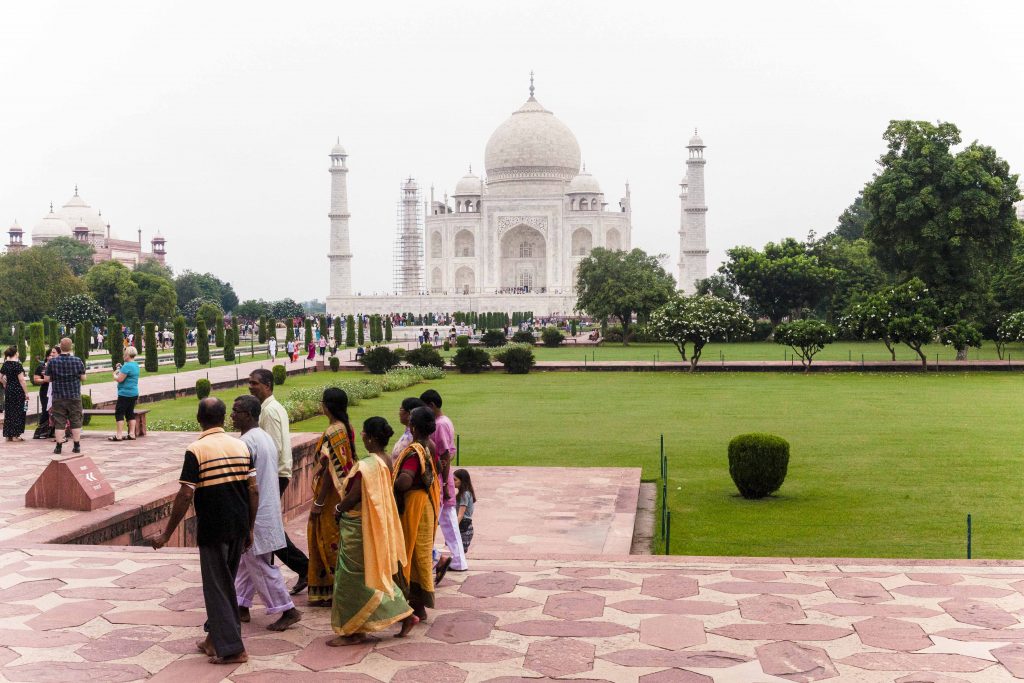
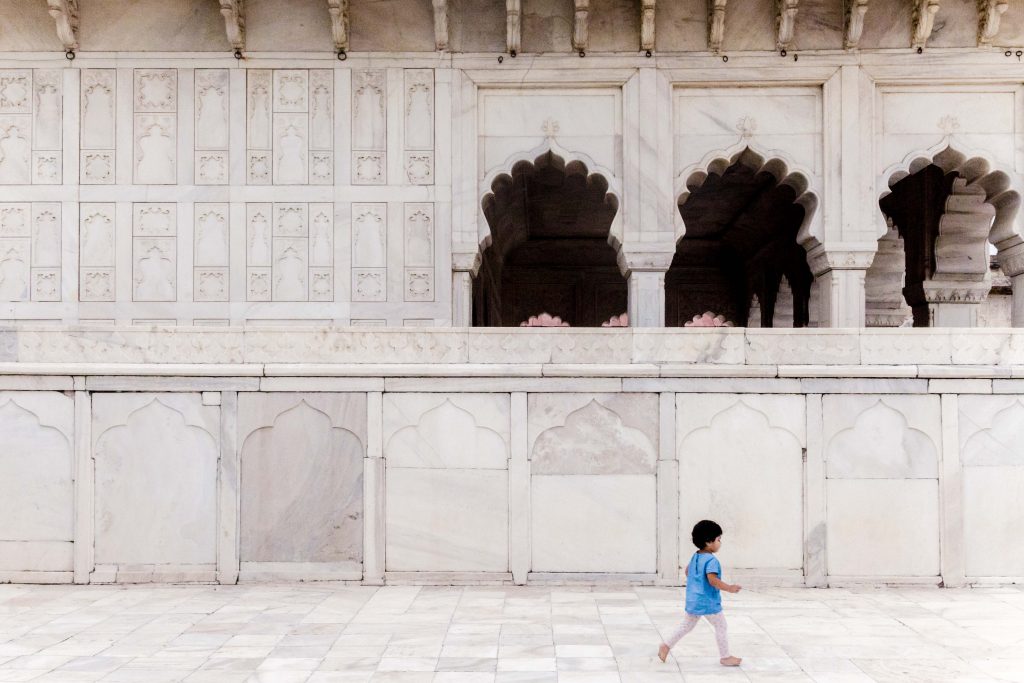
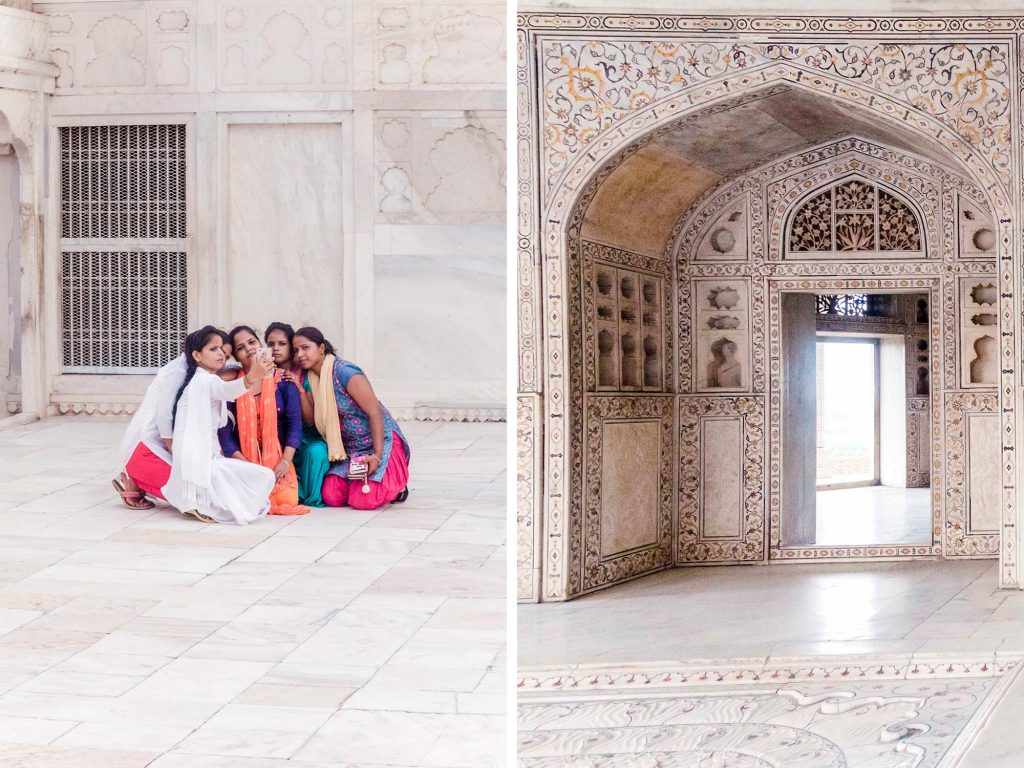
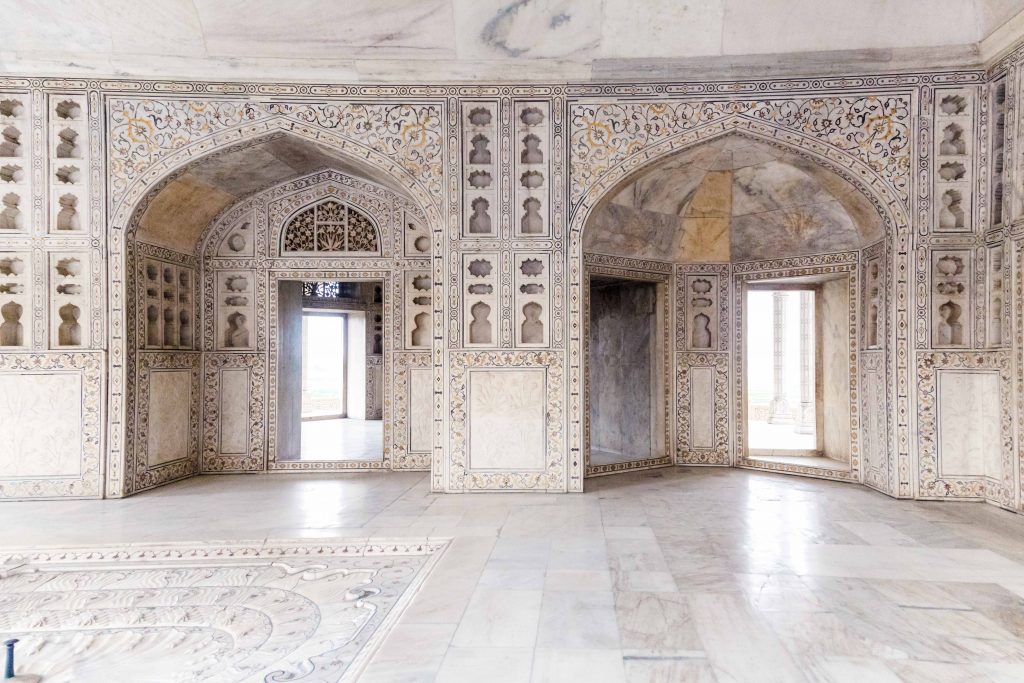
Varanasi – India’s spiritual and religious centre
We wind up in a huge traffic jam on the way to Delhi airport for our journey to Varanasi but we make our flight on time and, as we start to descend into Varanasi, I catch the first glimpse of the Ganges. Varanasi: what a truly special place. Three thousand five hundred years old: city of Shiva, city of light, city of learning, city of fire, city of cremations, city of life, city of spirituality. As I write, my neem beads, blessed by the priests, ask to be put on. Shiva’s tears after his wife died created the neem tree – there’s a story about everything, but it’s real, true, and immediate.
We meet our guide Himanshu at the airport (he speaks French as well as English, and was the guide for President Macron when he visited Varanasi a few months before us). On the way from the airport, we see a body on a ladder on top of a car, covered in marigolds – the family inside is dressed in white – and we understand they are heading to a different place.
Another crazy tuk-tuk drive takes us to evening prayer. The Ganges is flooded so we’re not on a boat as planned, but right there, inches away from the action (and no means of escape if things go wrong – the fast-flowing, flooded Ganges in front of us, fences on both sides, and one narrow entrance. A health and safety nightmare, but don’t think about that! We arrive at 5 pm to get front row ‘seats’ (sitting on rugs on concrete) and wait for prayers to start at 6.45. As the place fills up, we get to talk to people and, they seem happy that we’re there. We watch people preparing for prayers: plucking rose petals, setting out a large Shiva, rose, jasmine, and marigold garlands, incense burners, terracotta pots, and conch shells. Seven priests bless a small group of Europeans, and then it starts with the trumpeting of conch shells: camphor fire, ghee burning, incense burning, rose petals in the air, beautiful pink and red against the night sky, singing, fire swirling, bells ringing to get rid of negative energy. Breathtaking!
We leave just before prayers end to get out quickly and get to dinner first in tuk-tuks, and then on foot to the Hotel Bijrama Palace, where we should have been staying had we not got booted out in favour of a Bollywood actress and her entourage. Never mind. Dinner – thalis – is great (despite the blackout) and the Palace is beautiful. From the terrace you can hear the Ganges – it’s flowing incredibly fast and metres higher than usual. Finally, we head for our hotel – the Suryauday Haveli – which is homely but I like it. Showers and bed. What an amazing, huge day!
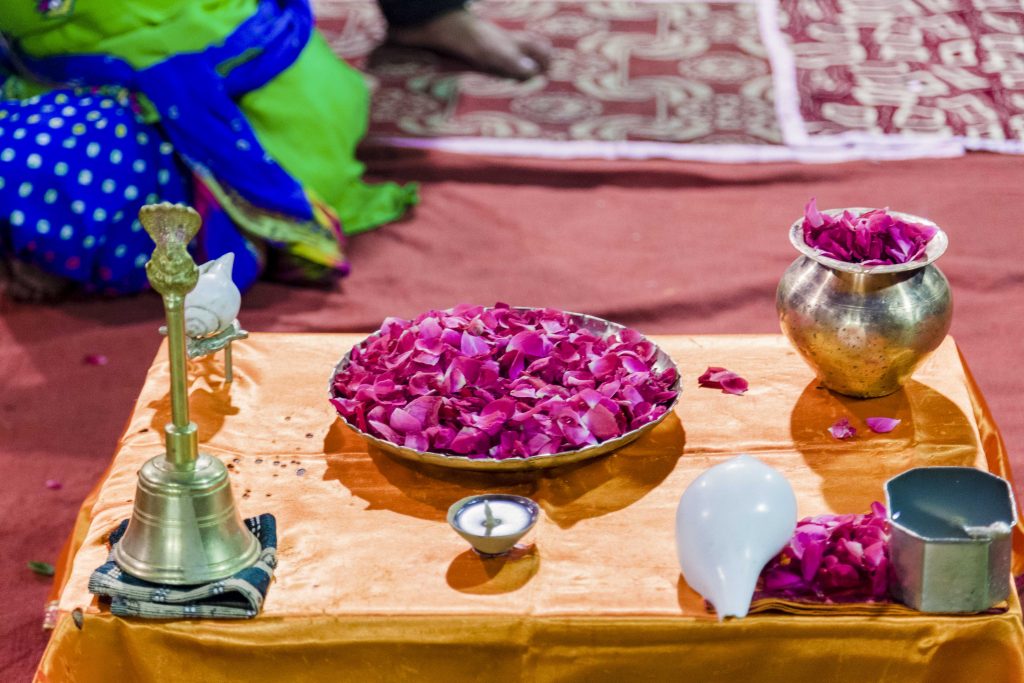

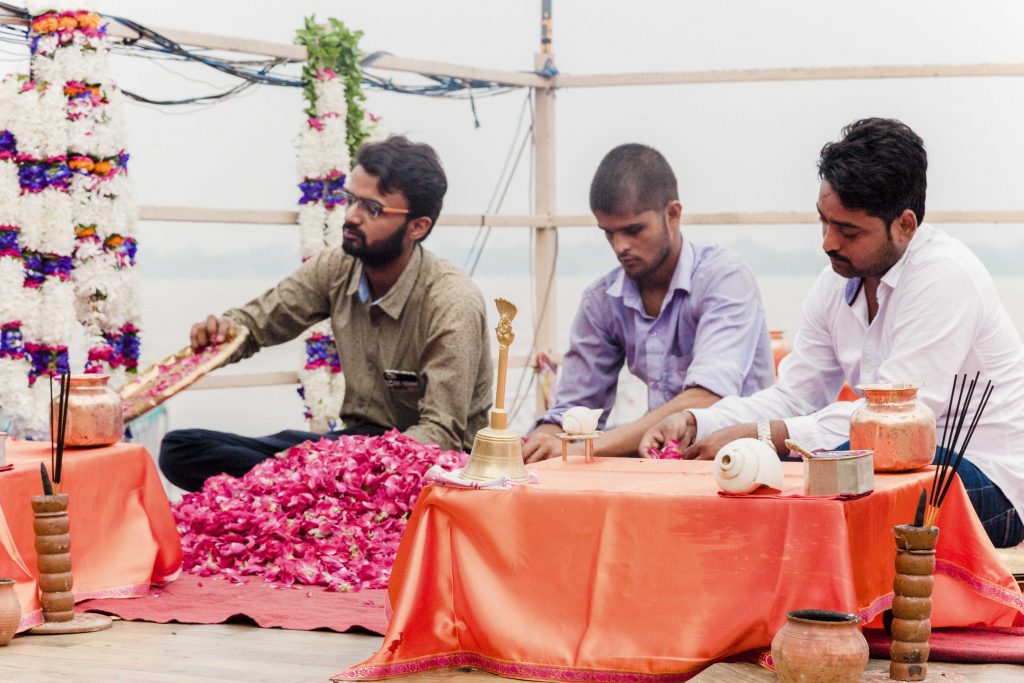

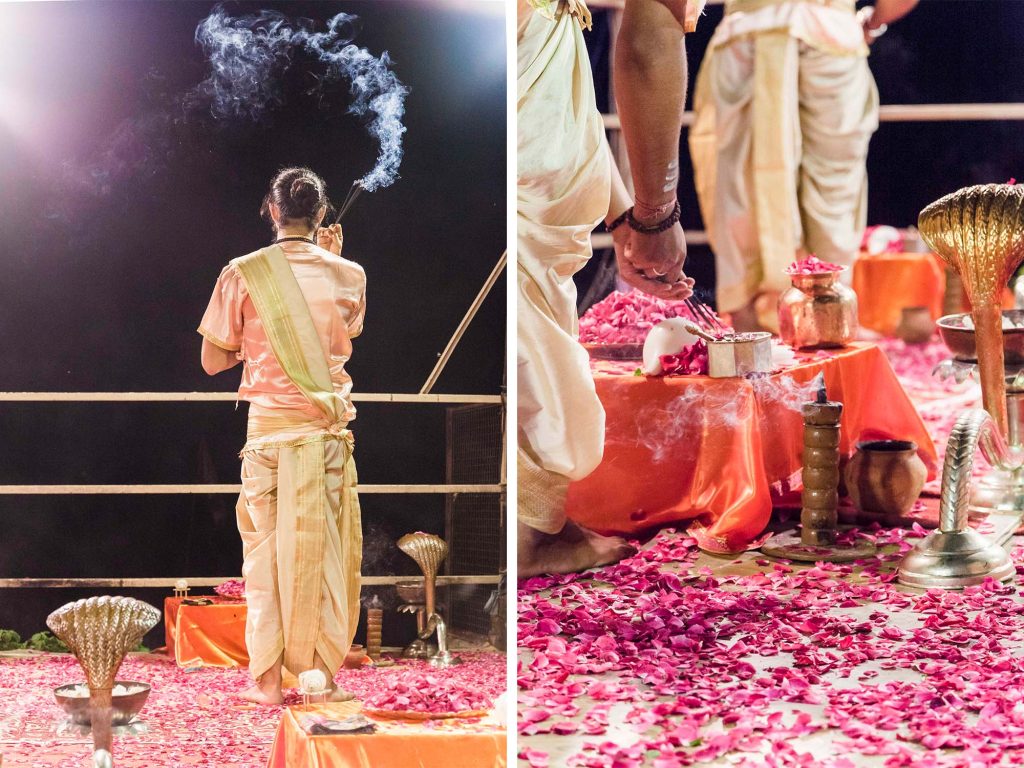
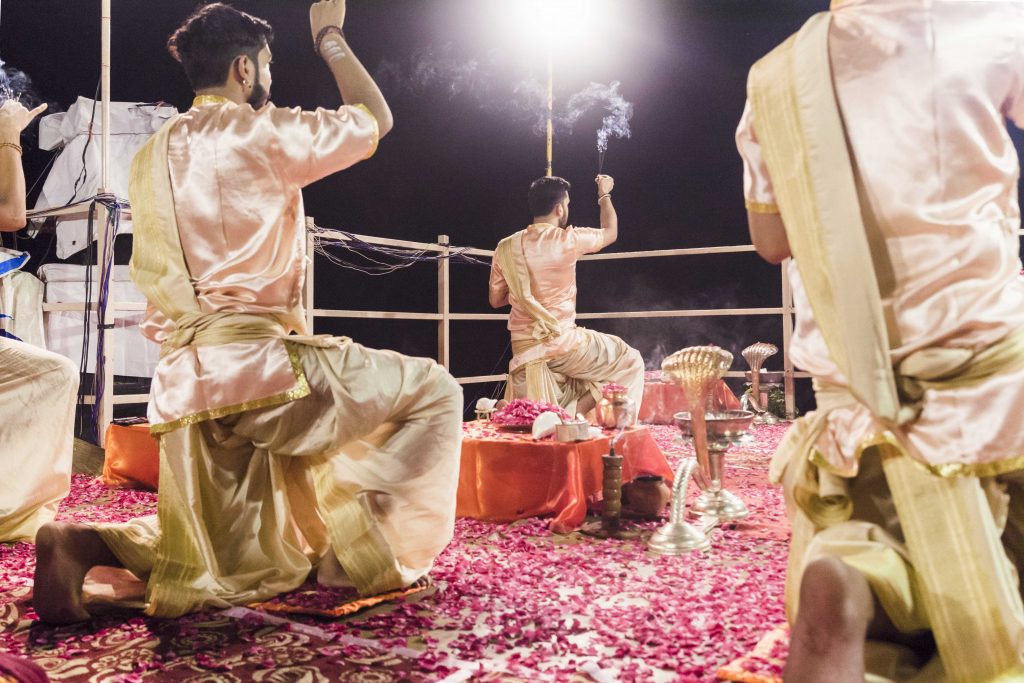
Tuesday 24 September, and it’s our last day. But there’s a lot to see before we get to that point. Today we’re to meet Himanshu at 6 am for a tour of the old city of Varanasi. I open the curtain to an amazing surprise: there’s the Ganges right in front of us. We see wooden boats tied up along our wall, a monkey bounding along a roof across the ghat, people swimming and washing, and a beautiful, gentle grey day.
It’s really early when we head out into the world. Past the bathers in the ghat, and into incredibly narrow twisting laneways (with cows and motorcycles of course!), and we get a real sense of being in a medieval city. We hop on cyclos to where a stream of people are heading to the Ganga – the mother of India – to pray and immerse themselves. It’s incredibly busy at 6.25 am: a woman cuts neem sticks; a man sitting nearby cleans his teeth with one; people are having their heads shaved; stalls are cooking food; so many colourful saris: people walking barefoot to the Ganges; women wearing ornate anklets; a man blesses my sister and I, and puts a smear of red on our foreheads. Jean and Himanshu buy us small cardboard trays with rose petals and a candle. A man lights mine, and I walk to the Ganga to float it into the water with my right hand, asking for a blessing: peace, health and happiness for everyone I know.
We watch people scooping up river water in their hands and offering it to the sun, then immersing themselves. Men on one side and women on the other, though couples go in together. There’s a group of men praying behind us. We see an old couple helping each other out of the water – somehow that simple act is incredibly moving. To my great surprise, it’s altogether a spiritual, emotional experience.

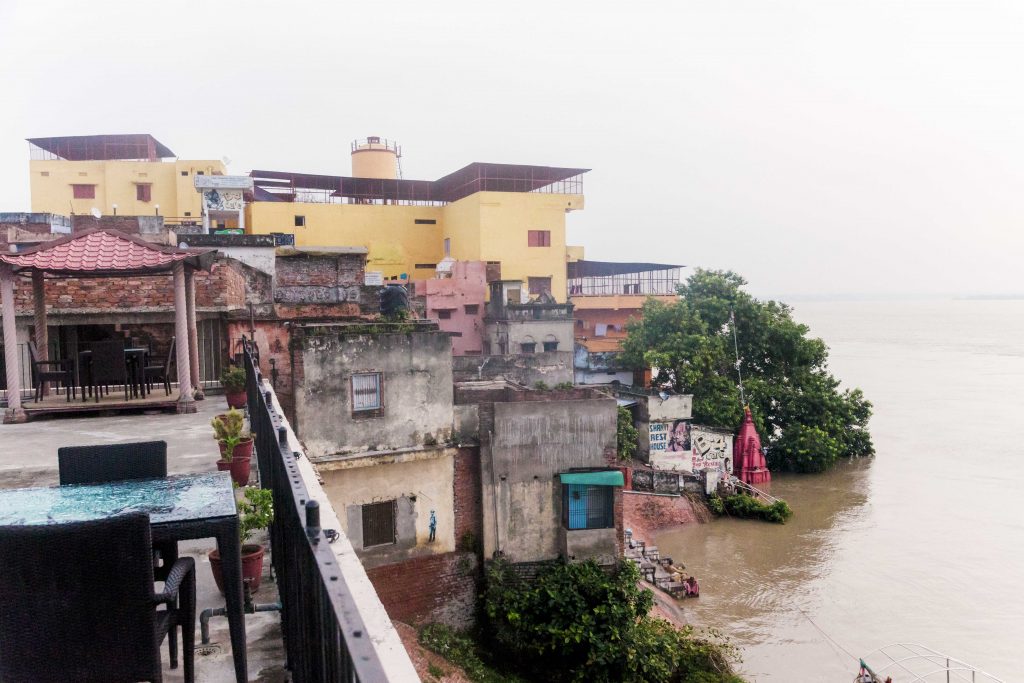
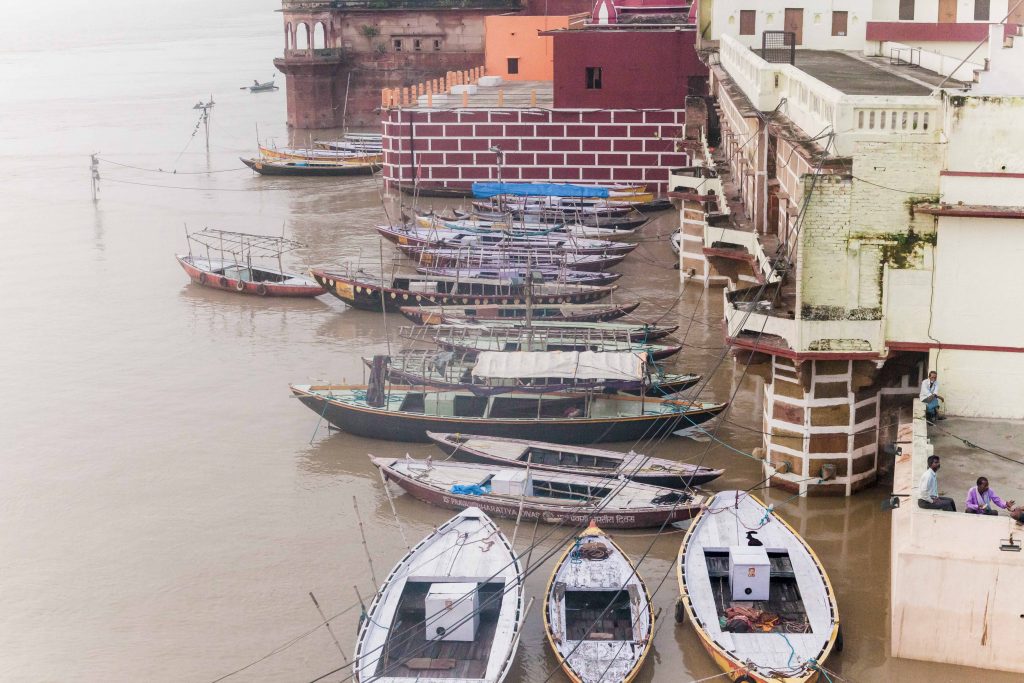
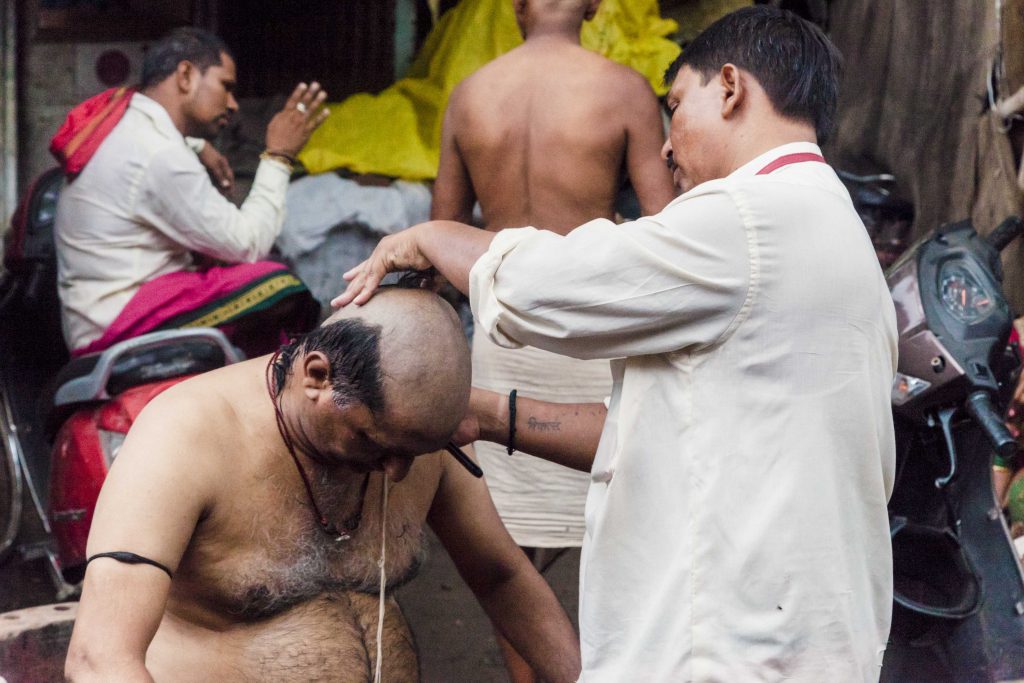
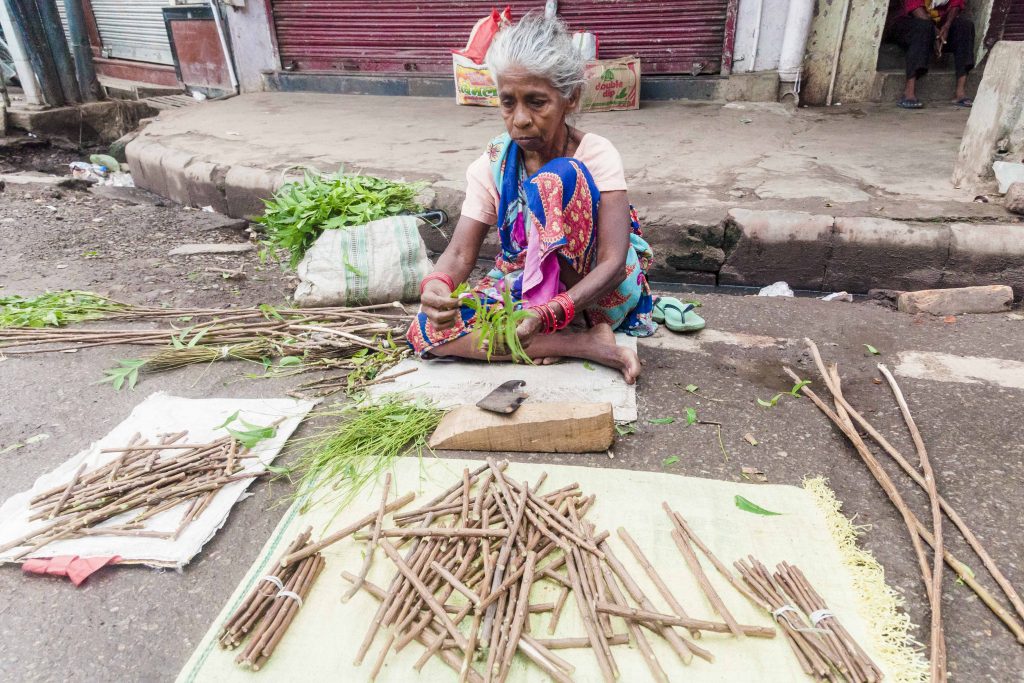

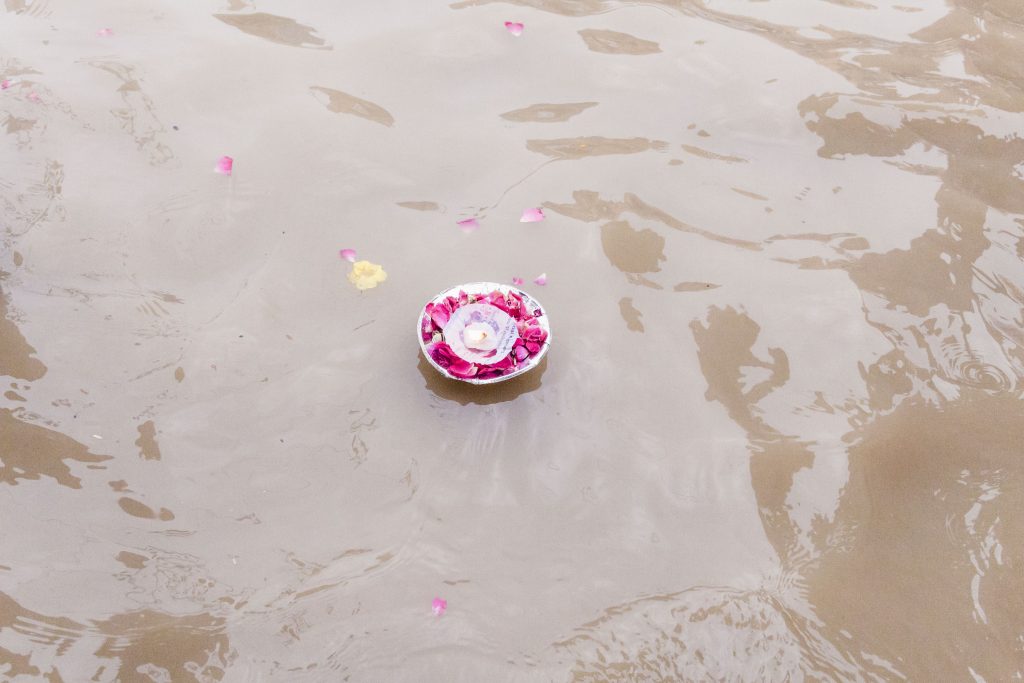
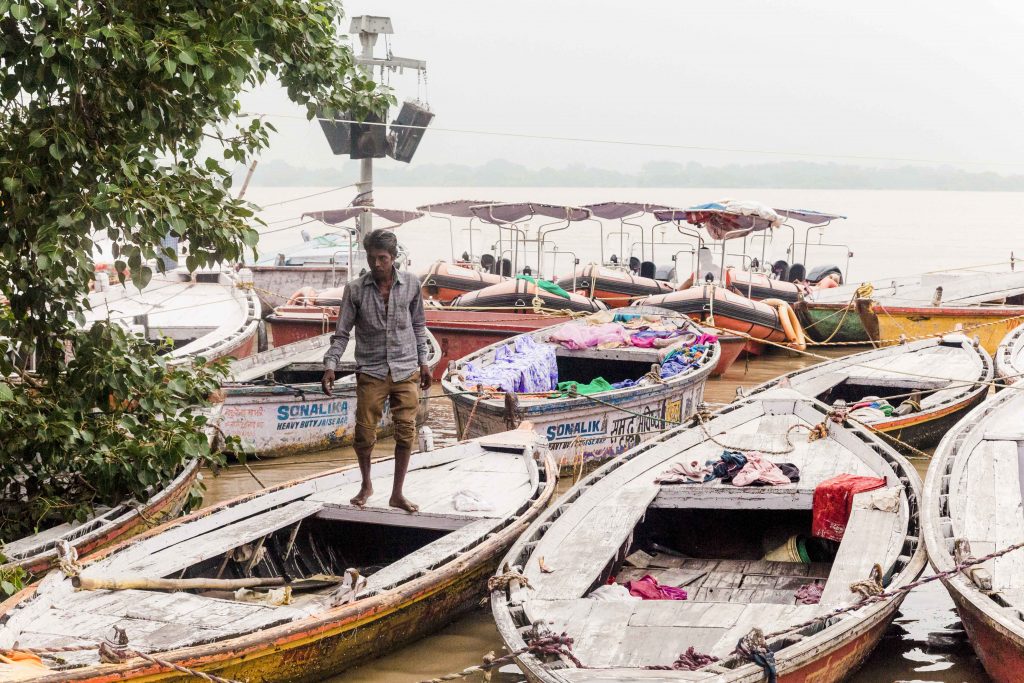
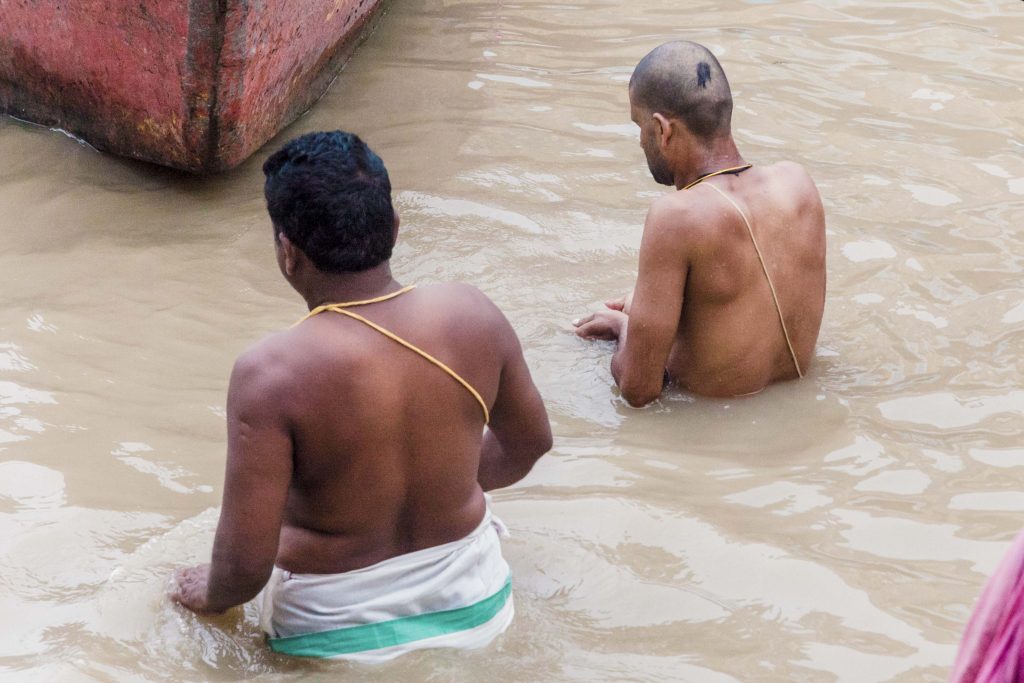


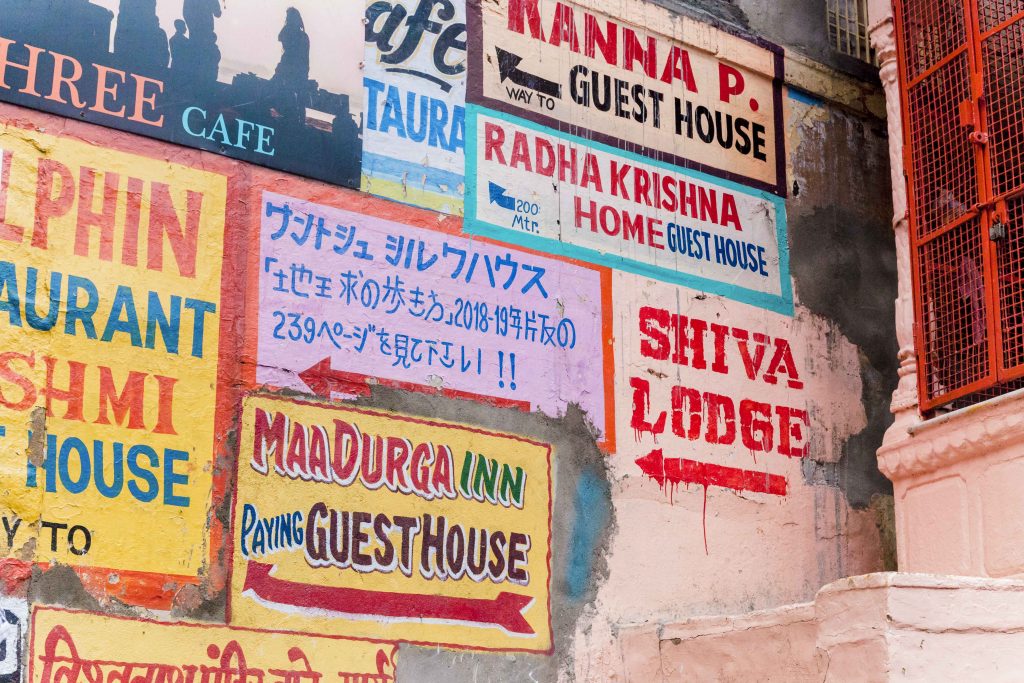
After the Ganges, we walk to see the crematoriums: past an important temple to Shiva which is heavily guarded. We’re in a construction zone with trains of mules removing rubble. The houses are being demolished, and the small temples they’ve been built around are being preserved: all to create large grounds around the Shiva temple. Extraordinary! At the bottom of a steep hill, after stepping aside to let the mules pass and hoping their overloaded baskets of rubble don’t tip over onto us, we see the crematorium, and Himanshu explains the funeral ceremony.
Then we’re off to a small shop selling oils and rudraksha seed necklaces. On the way, a funeral passes us – the body of an old man is on a ladder, covered with marigolds, and we press ourselves into the walls of the narrow laneway to let the procession pass. In the shop, we buy rudraksha beads and they are taken to the temple to be blessed – they provide calmness and reduce stress. We have chai masala and buy beautiful smelling oils. Standing on the shop’s balcony, I see a man and his German shepherd emerge from a house, hop on his motorcycle with a platform for the dog, and drive away.

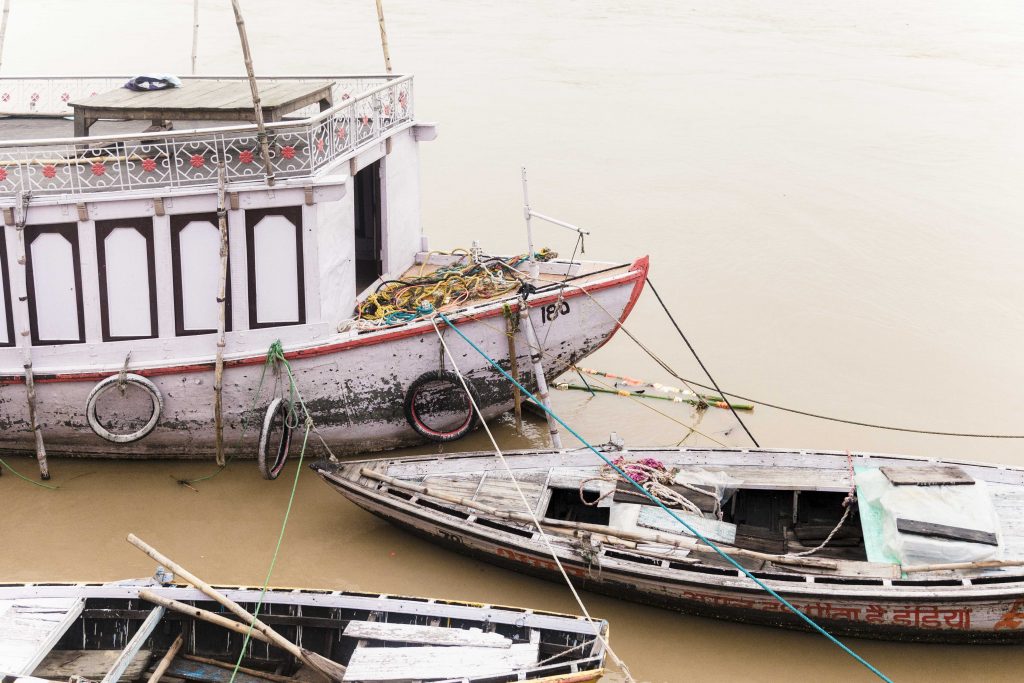

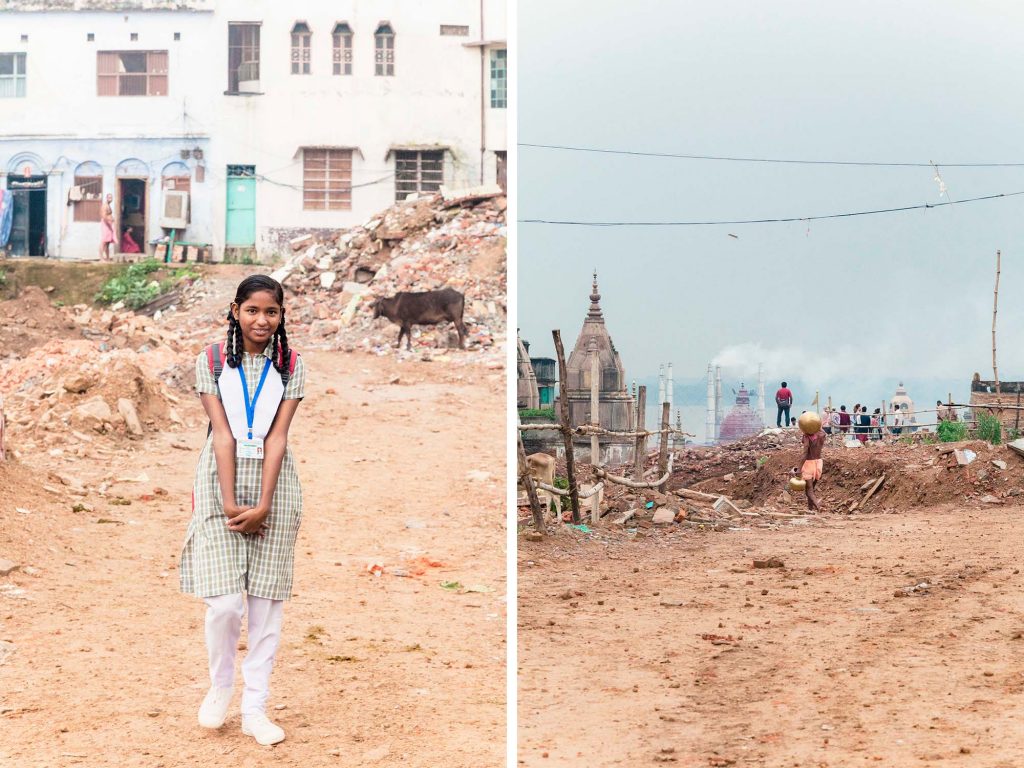
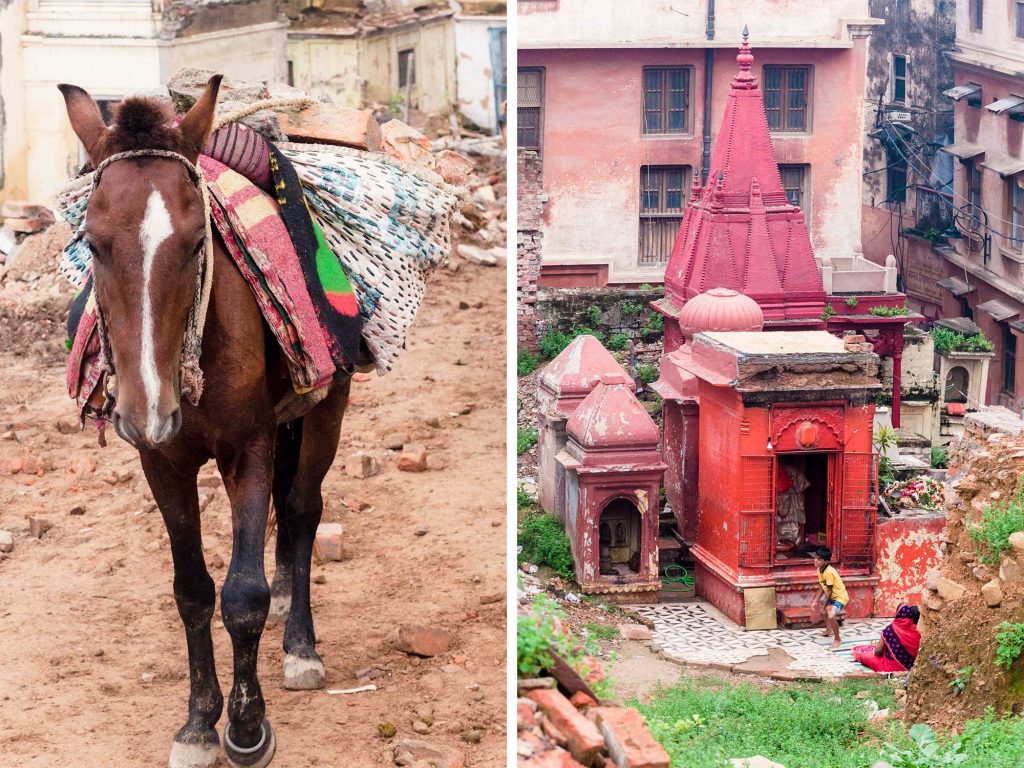



Now we’re in tuk-tuks heading back to the hotel to pack up and have breakfast. Yes, all of that was before breakfast! I spend more time looking at that amazing scene through our window. People are still swimming and washing. We check out of our hotel and go to a silk weaving shop. One loom, about 200 years old, has a series of punch cards that automatically weave the pattern, but only allow 12 colours. The loom without punch cards is operated by two men who are weaving a much more intricate pattern with many more colours, from memory – amazing.
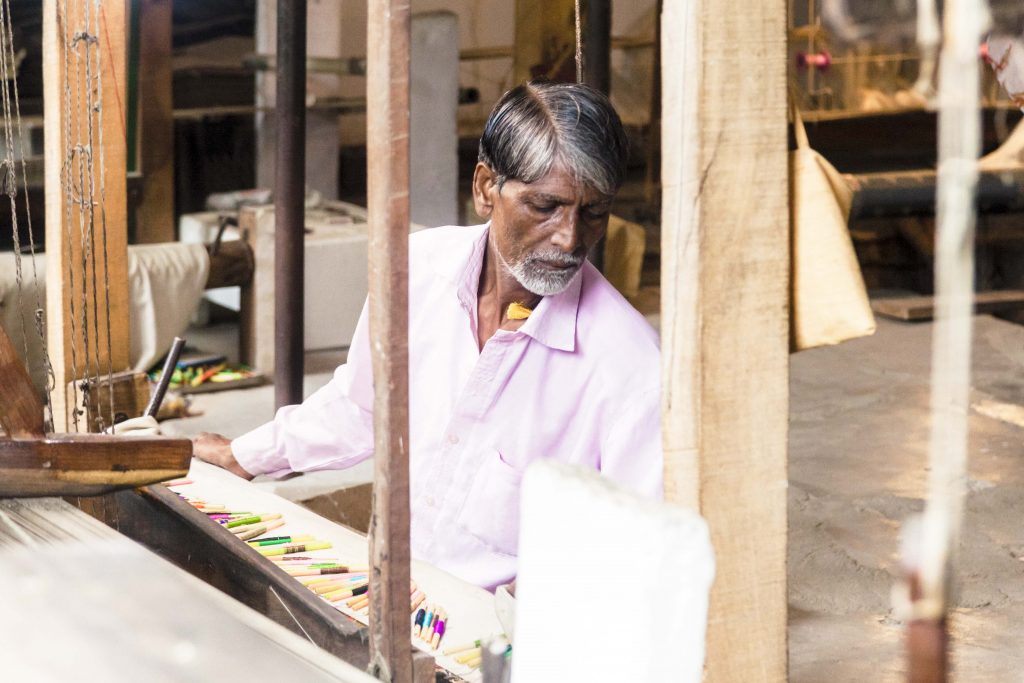
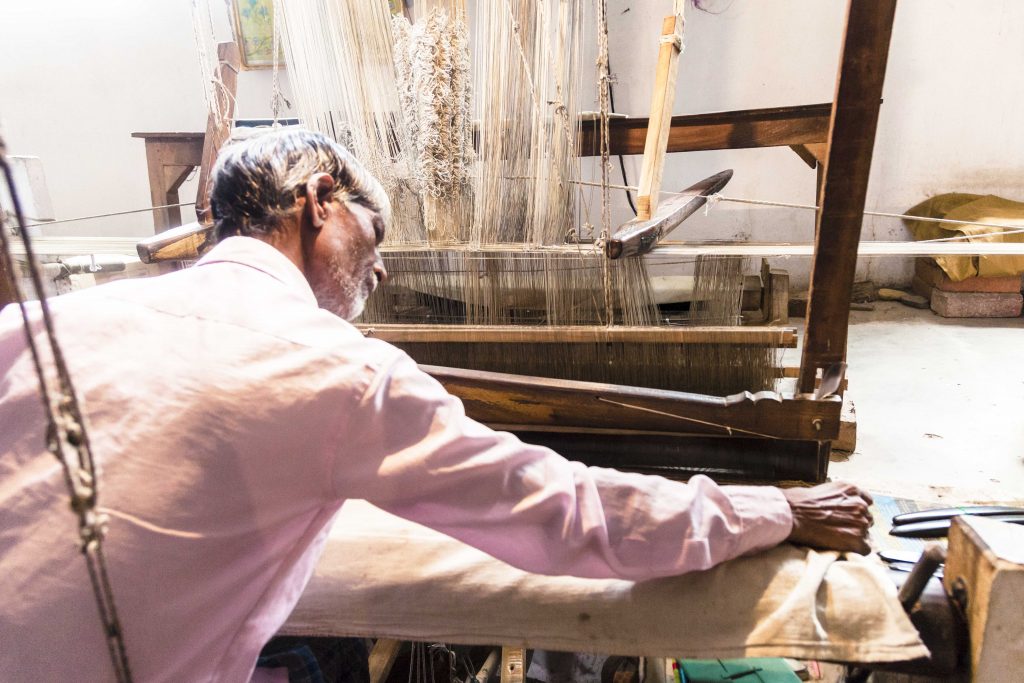
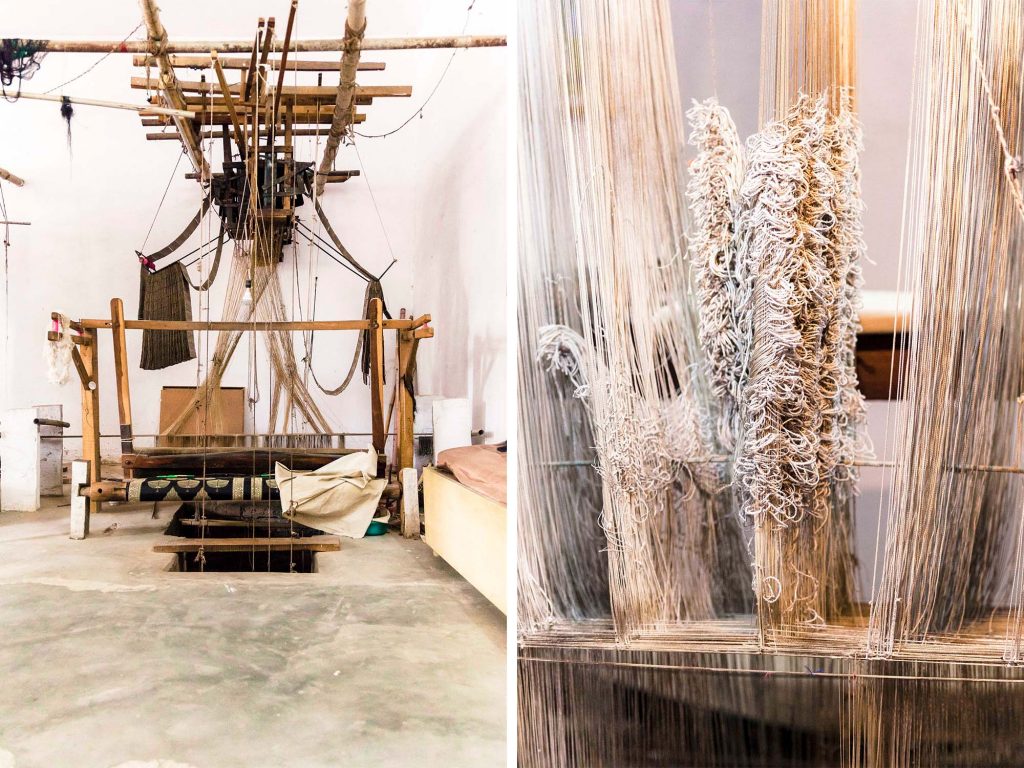
Our final stop for this day is to visit Saranath, the site where Buddha gave his first sermon. We see monasteries (at least their remnants) from the 3rd century BC, and the stupa built over Buddha’s ashes. We see the script pillar with the four lions which appear on all the Indian banknotes and have our photos taken with lots of school girls.
“One moment can change a day, one day can change a life and one life can change the world.”Gautama Buddha.
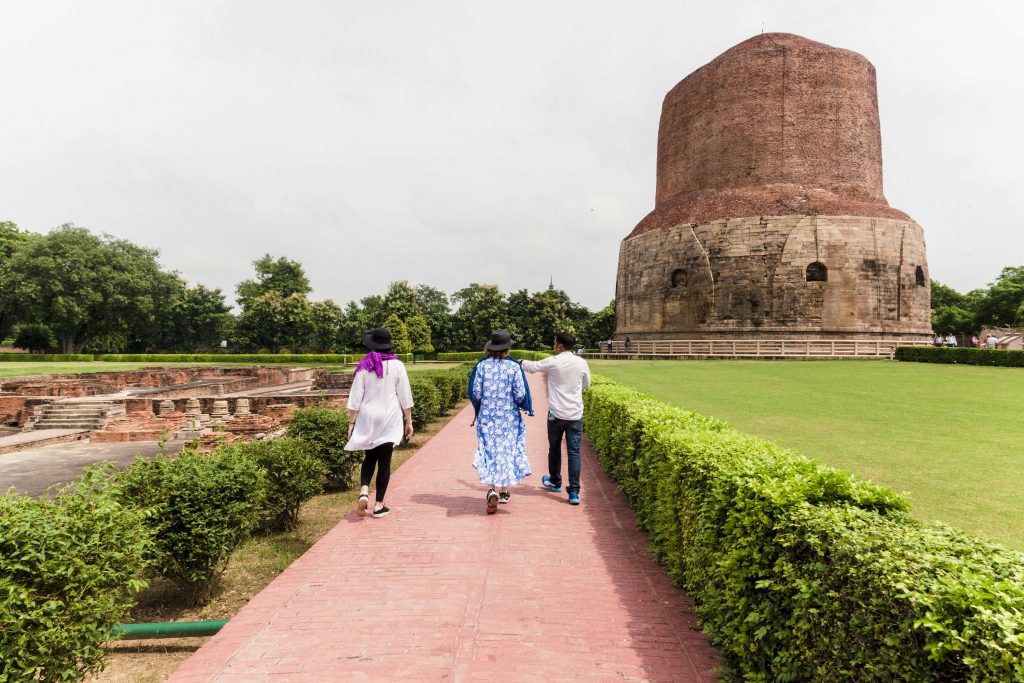
All photos © Kris Ashpole
This was the final stop on our whirlwind tour of Rajasthan and we make our way to the airport for our flight back to Delhi where we stay overnight before our flights back to Sydney. But there’s a final surprise. At the airport, we see a bus coming to pick us up: it’s our driver Tillu and his helper, Sunil, huge grins on their faces. We thought we’d said goodbye to them when we headed off to Varanasi, and it’s lovely to see them again. They are old friends by now.
At the Andaz Hyatt Areocity, a great hotel with each room’s interior inspired by a different site in Delhi, it’s more goodbyes to the Go India CEO and crew who have driven all the way from Noida, an hour and thirty-five minutes to Delhi. We have a last, lovely Indian meal in the hotel restaurant, and then, finally to bed, having crammed a whole week’s worth into one day, yet again.
It’s Wednesday 25 September and we leave the hotel at 6.30 to get to the airport. Tillu picks us up one last time, and we really do say a final goodbye now. The queues are terrible and we wait forever to get through customs. But that means we get to talk to Ashtar Jafari from Varanasi who works at the airport. He insists we friend him on Facebook. On 27 September, he sends me a story he’s written about ‘the old city’. It starts like this:
Varanasi is a city that has been synonymous with spiritualism and mysticism. Since time immemorial, it is a place that inspires reverence amongst most Indians and curiosity amongst the world. No other city embodies the spiritual soul of India better. Where else would you find cymbals, conch shells, and drums heralding the dawn at each new day and ceremonial Aarthis going on past midnight, day in and day out, for hundreds and hundreds of years. Ashtar Jafari
We wait for the day when we can return to India.
Endnotes:
This is the final post in my blog series about my trip to India in 2019. You can read the first one Travels Through Rajasthan – Delhi to Udaipur here, the second one about the three “J’s” – Jodhpur, Jaisalmer, Jaipur. Visit my home page here to subscribe so you’ll be notified of when more travel blogs are published. Love to hear your thoughts about India and these wonderful cities.
With love and light,
Kris xx
PS: This blog was written from entries in my travel journal, my sister Lynne’s journal, and the tour guide written by Jean Wethmar from Glam Girls Travels. Thank you for allowing me to use these resources. This tour was made possible by the wonderful Jean at Glamgirlstravels.




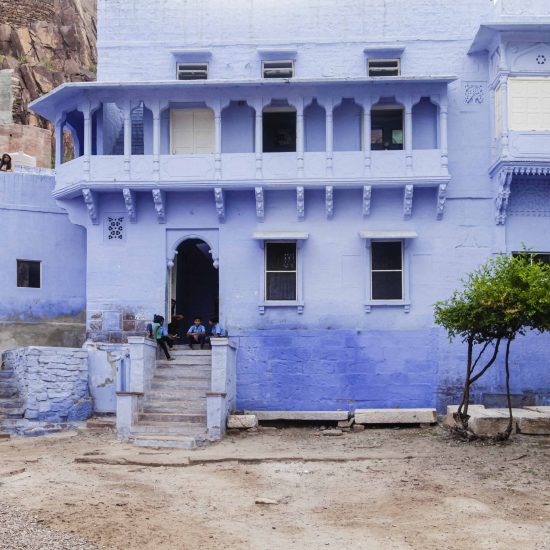
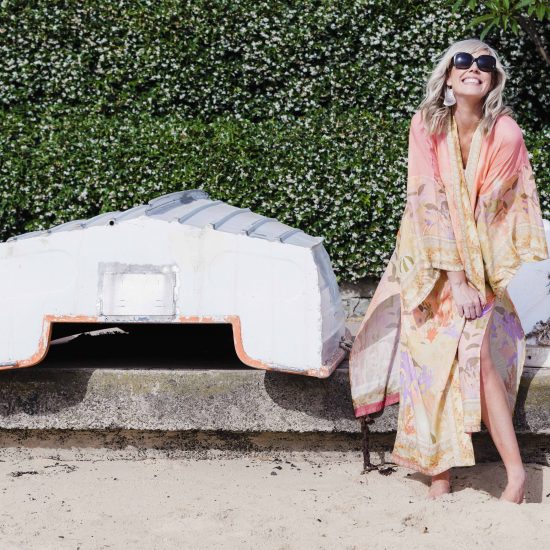
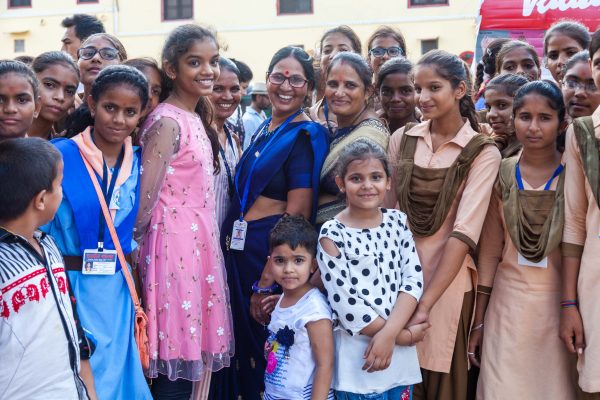
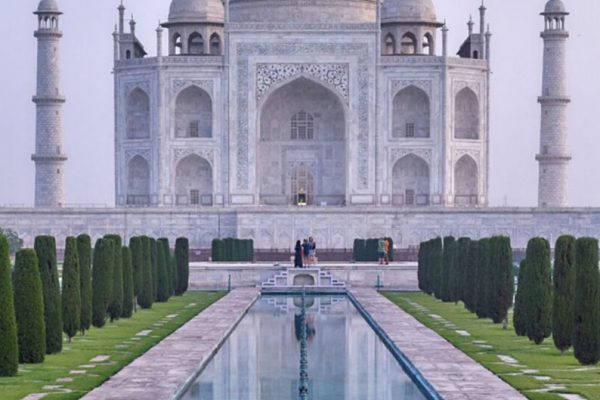
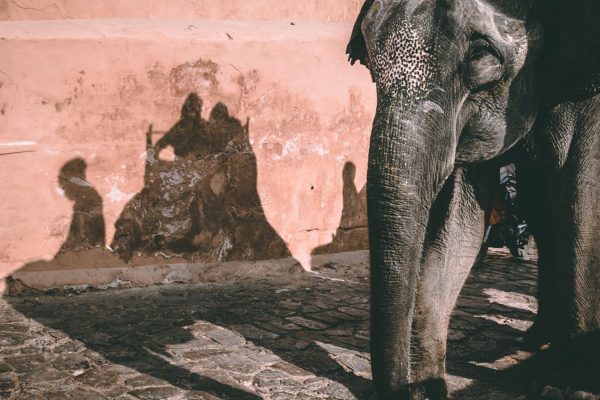

Angela
Hi there! I’m at work surfing around your blog! Just wanted to say I love reading your blog and
look forward to all your posts! Carry on the excellent work!
Jean Wethmar
Oh Kris, and Lynne, your amazing photography and words transports me straight back to hear the toot, toots, and smell the masala chai and taste the garlic naan and dhal..
Thank you Kris for energy and time spent recording this epic journey… it should be published…. it gives me goosebumps! India surely delivers just what one needs, not only what one wants… Namaste xx
All we need do now is relive with an Old Monk and some of India’s finest one day soon, yes, surely, and to quote “As soon as I saw you, I knew a grand adventure was about to happen.”. – Winnie The Pooh…
Thanks Kris – Princess Diary 2019 was a very special adventure made even more special, with the friends that joined.. x j
Kris
I love that quote from Winnie the Pooh! Looking forward to the day when we can travel again (and to enjoying an Old Monk together). xx